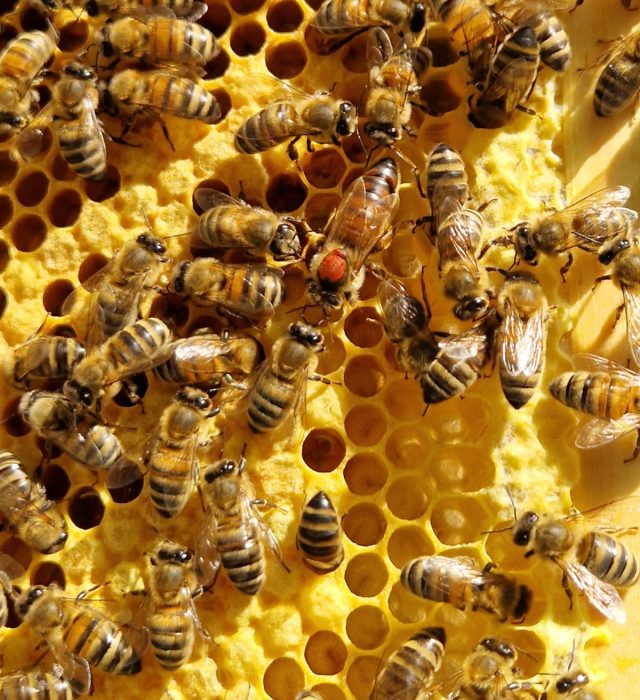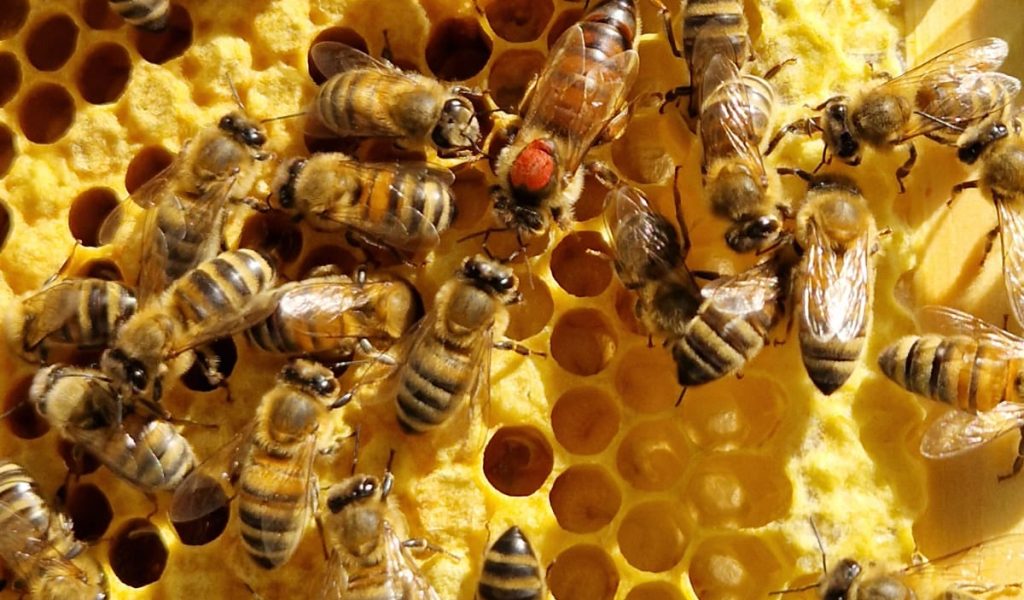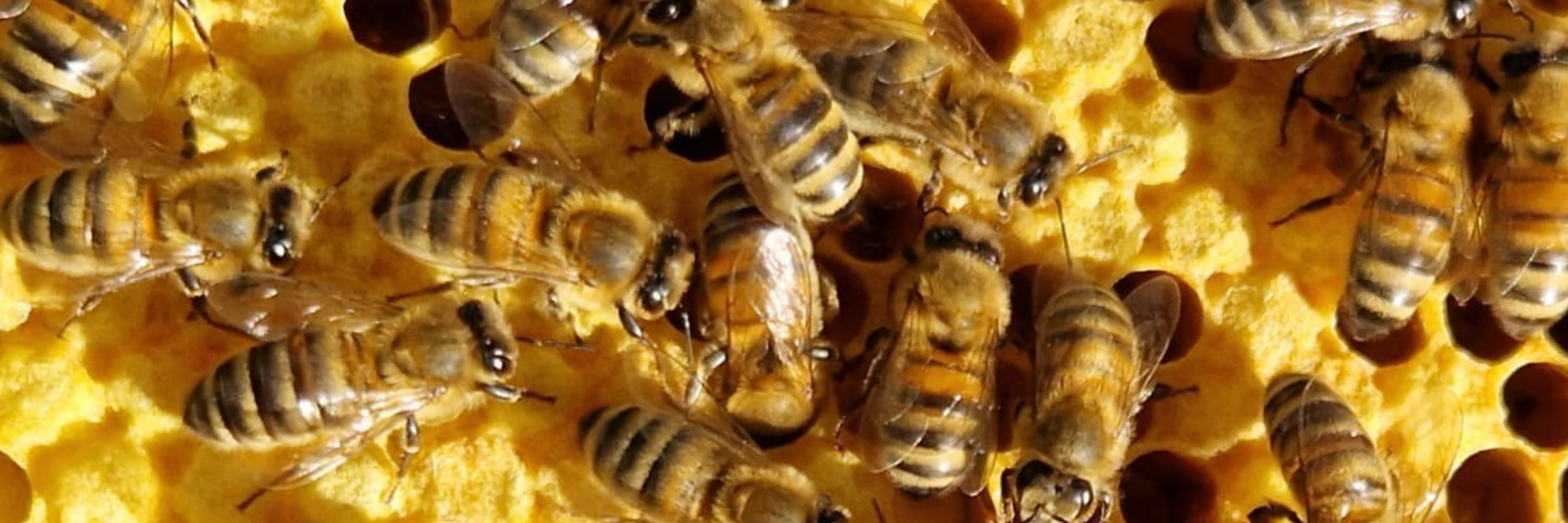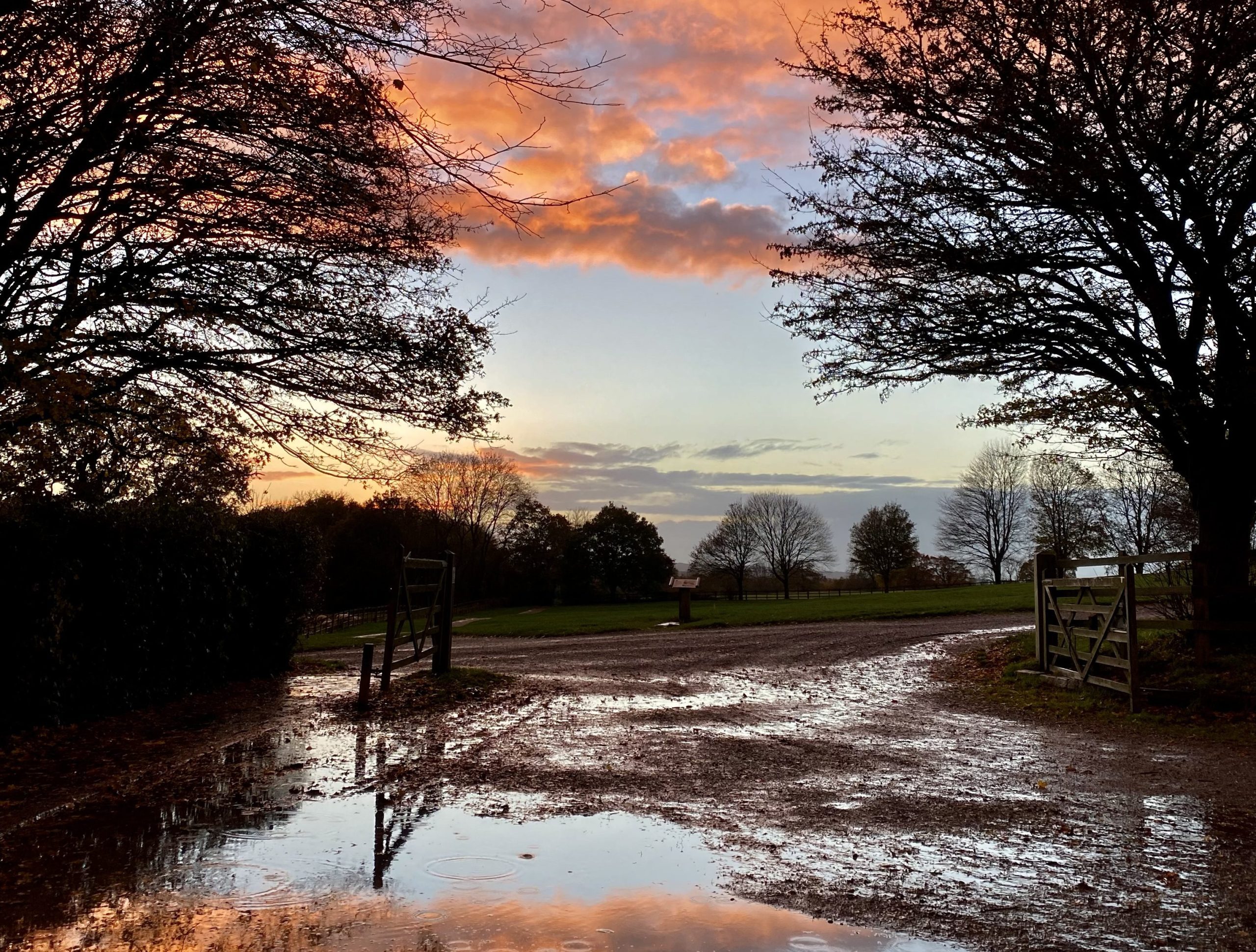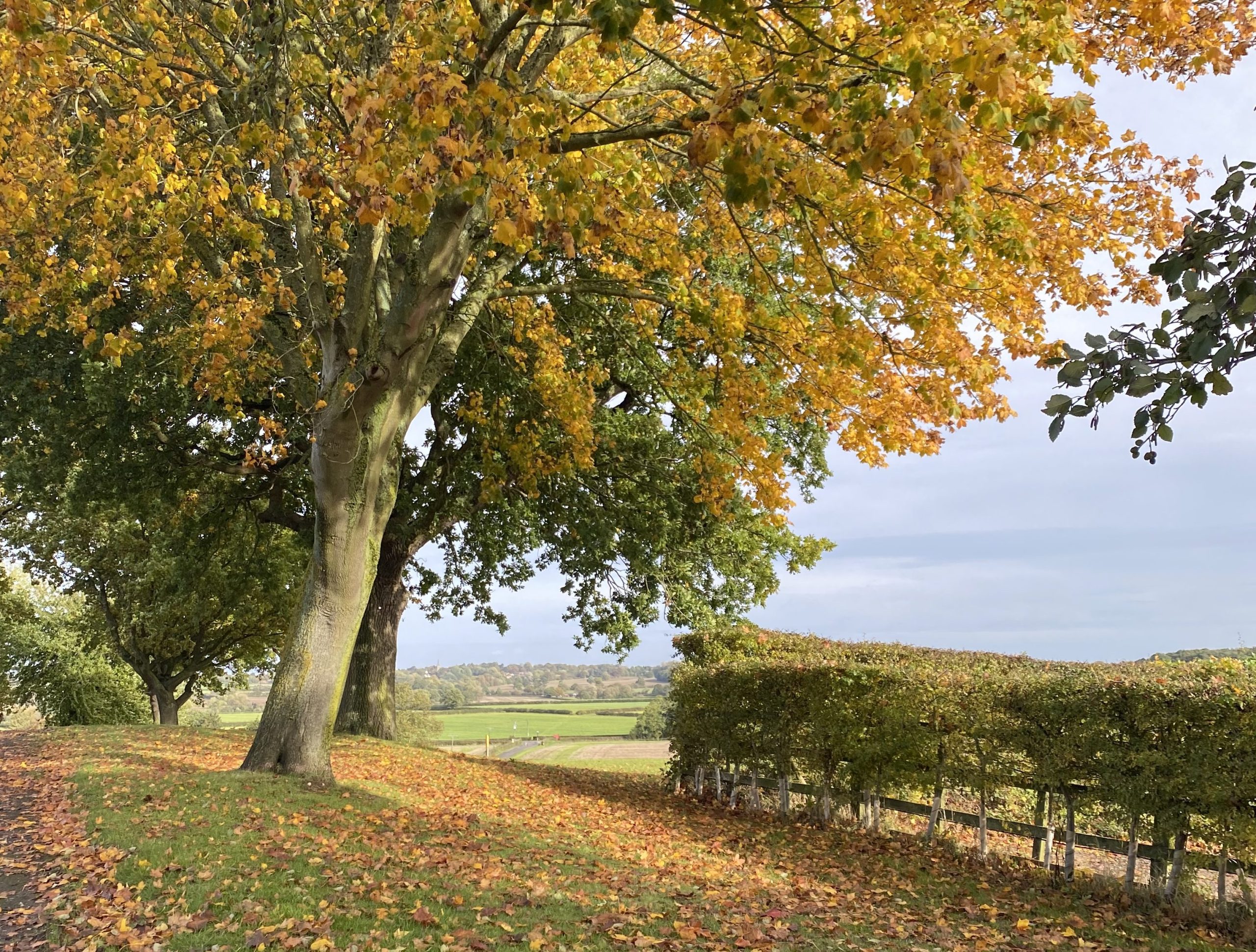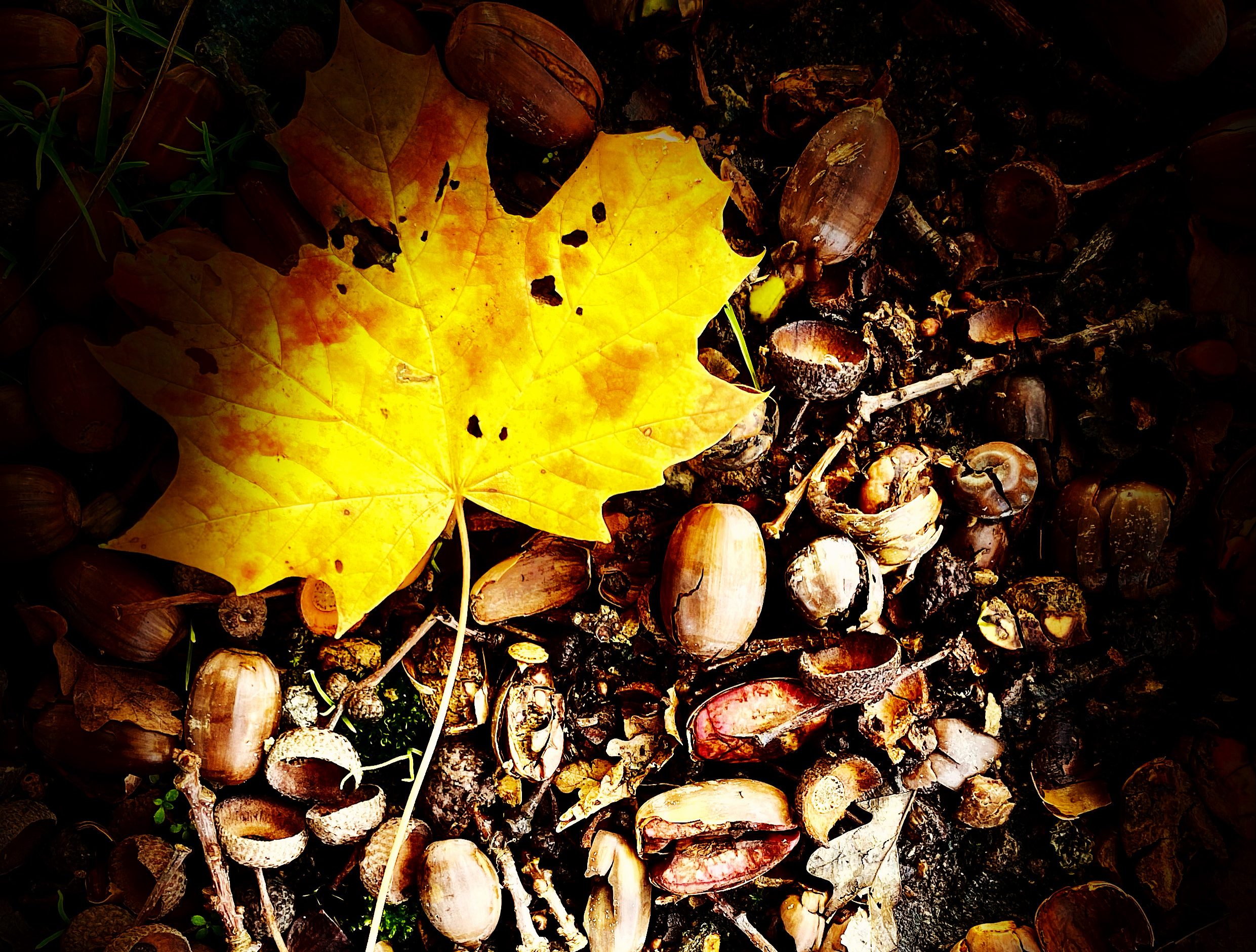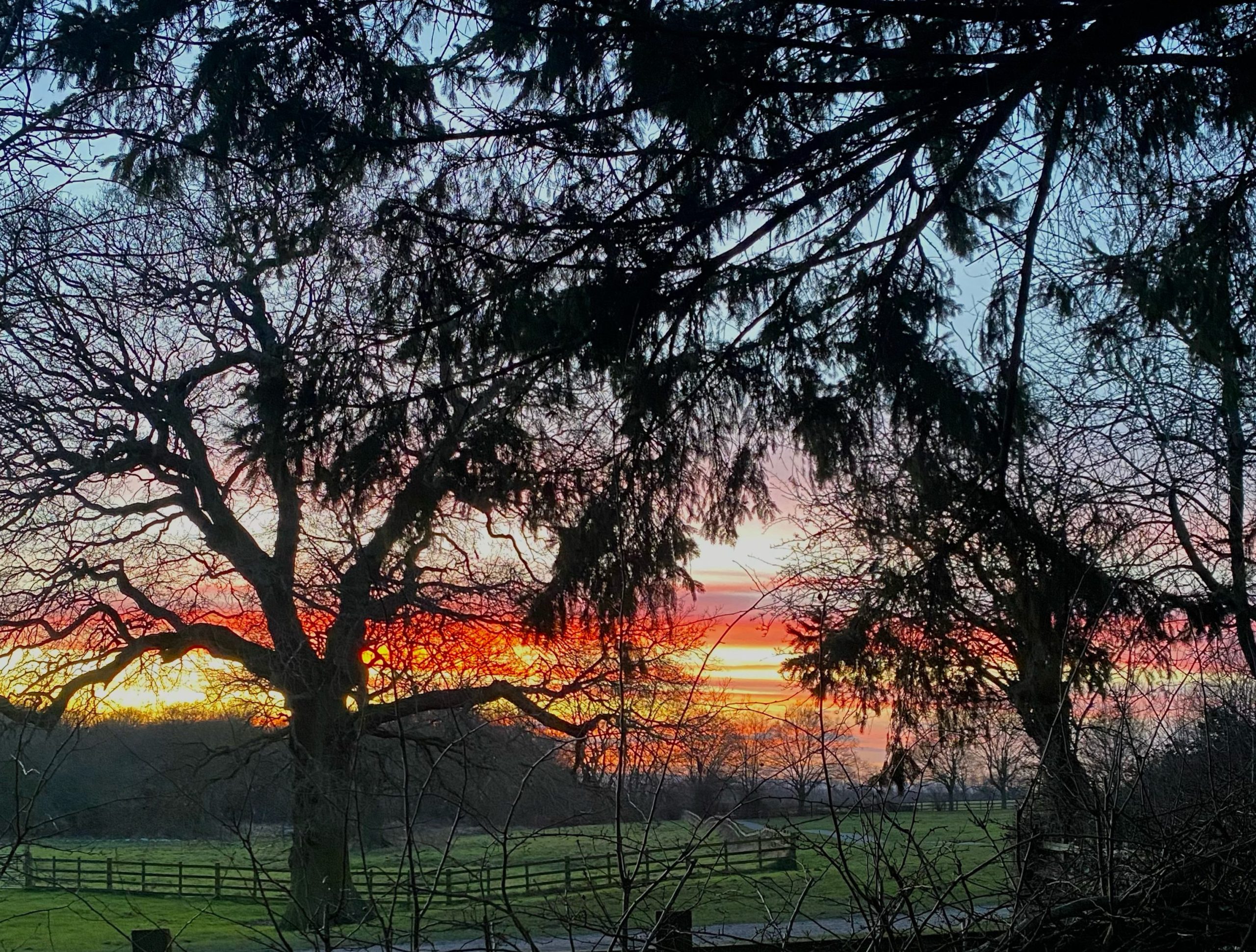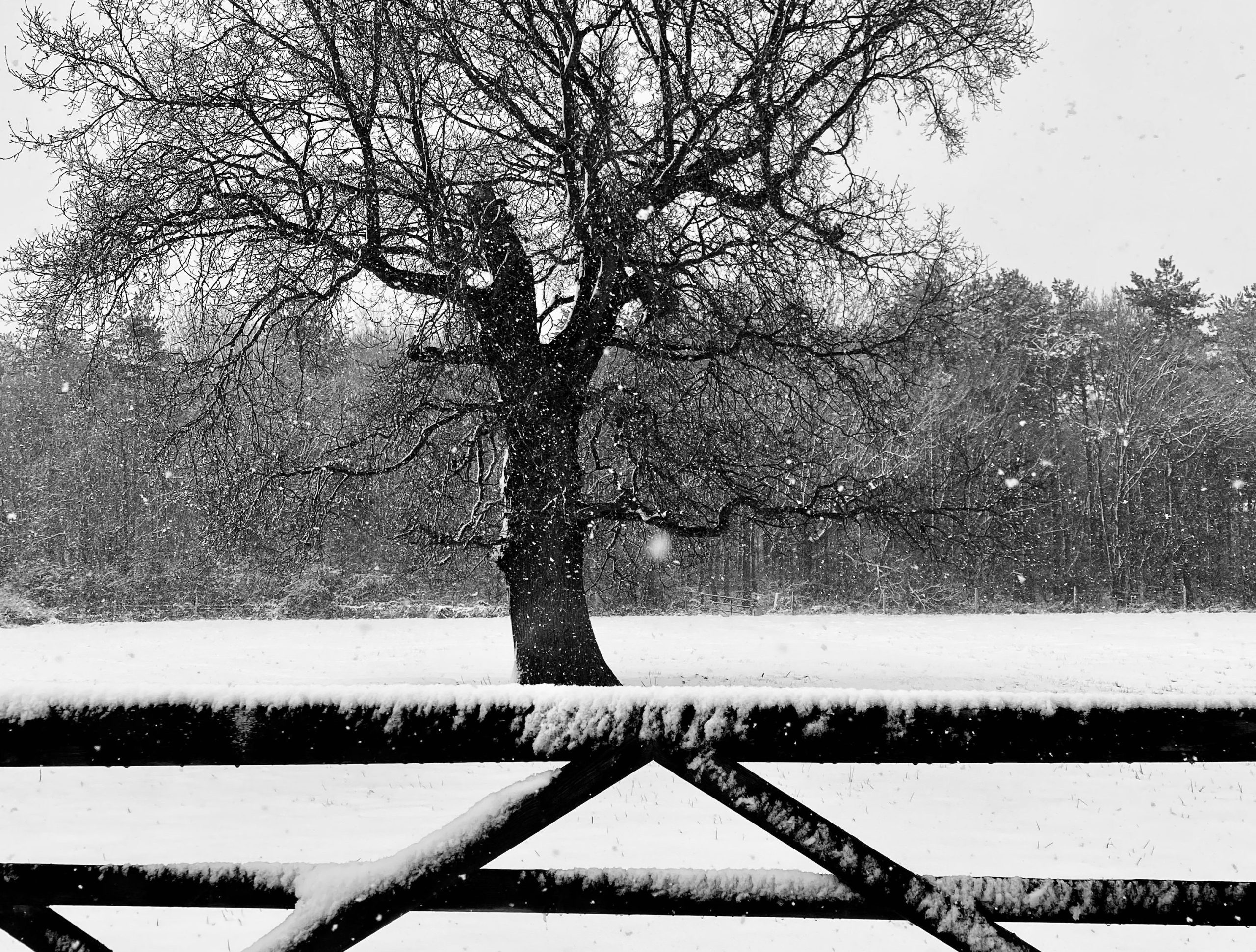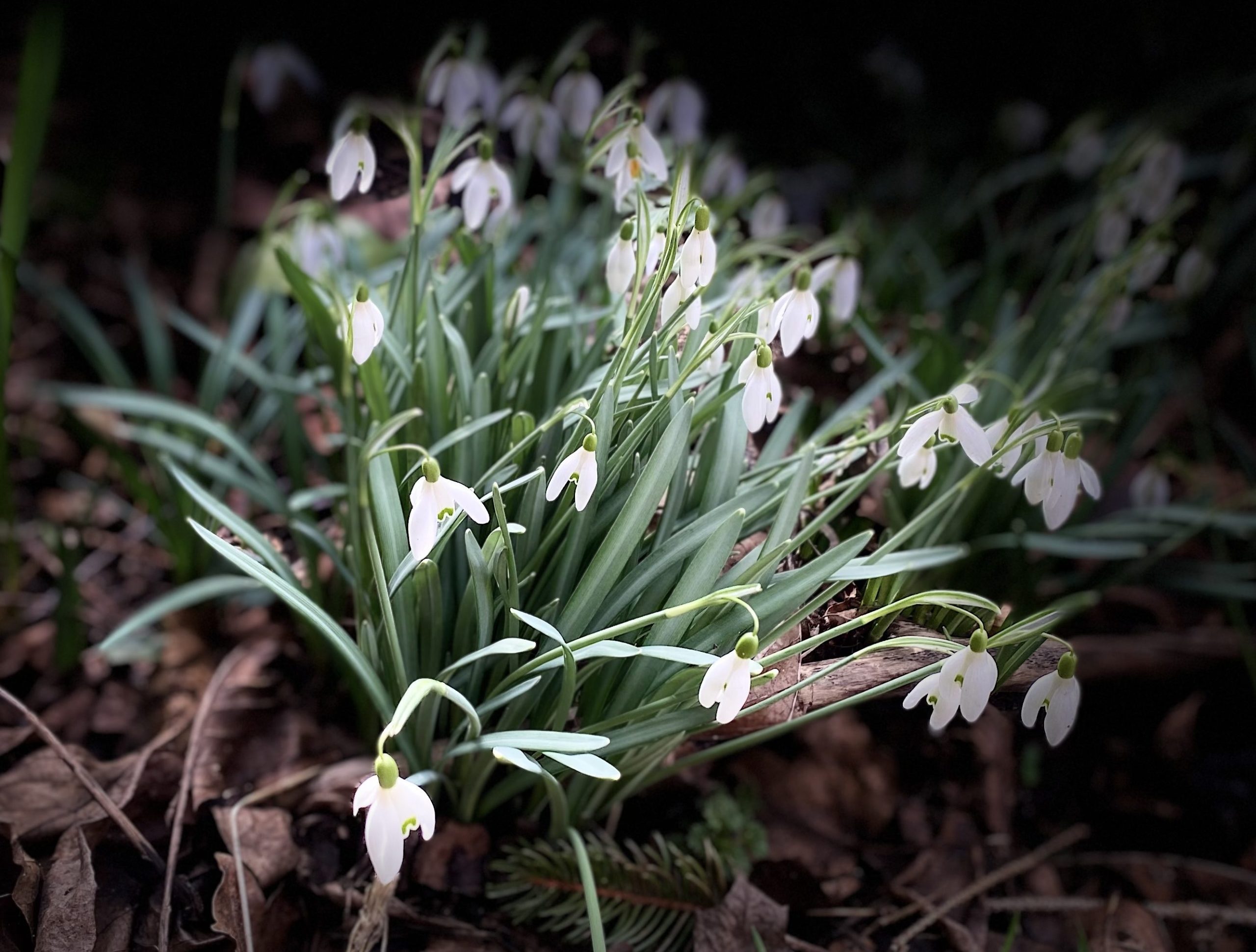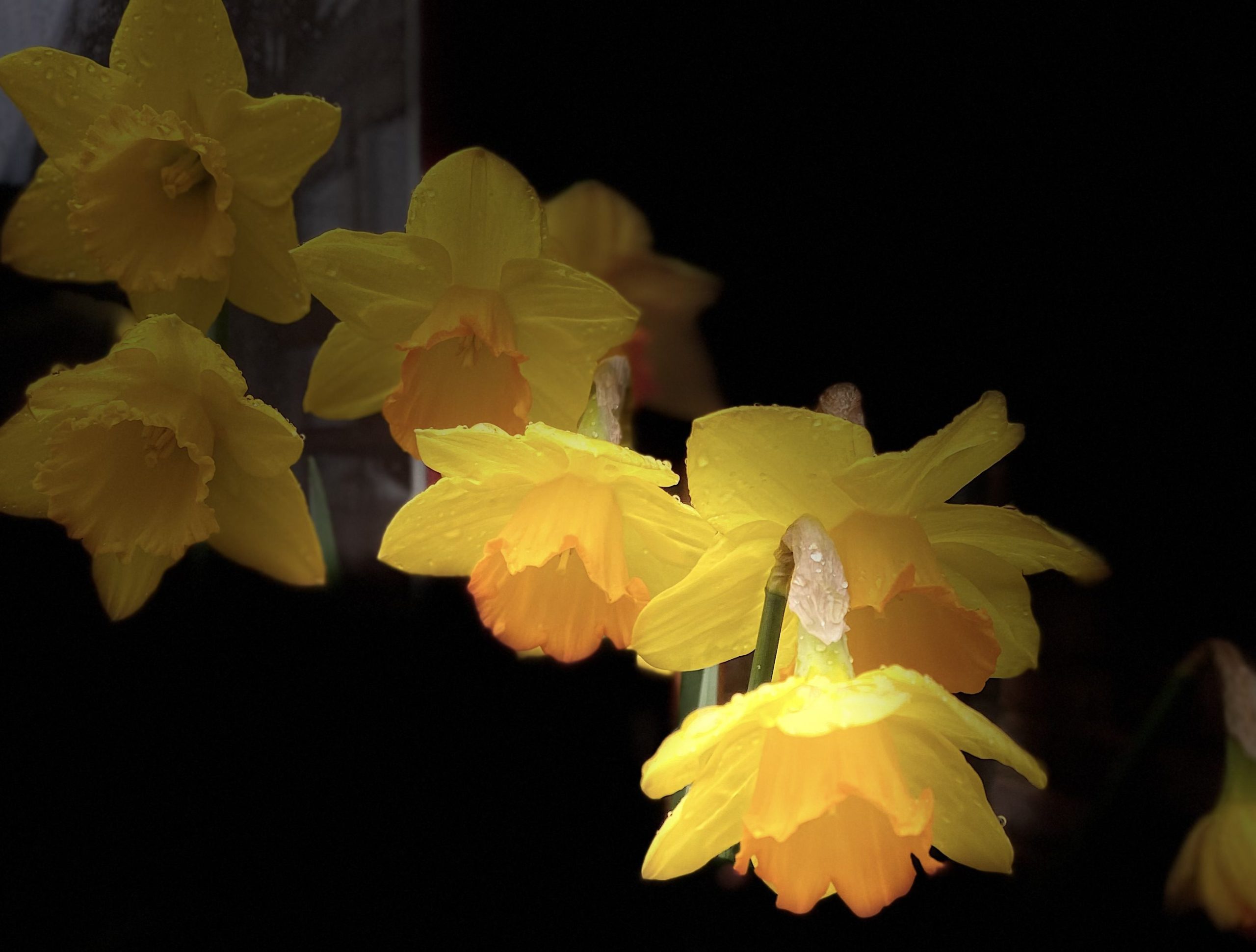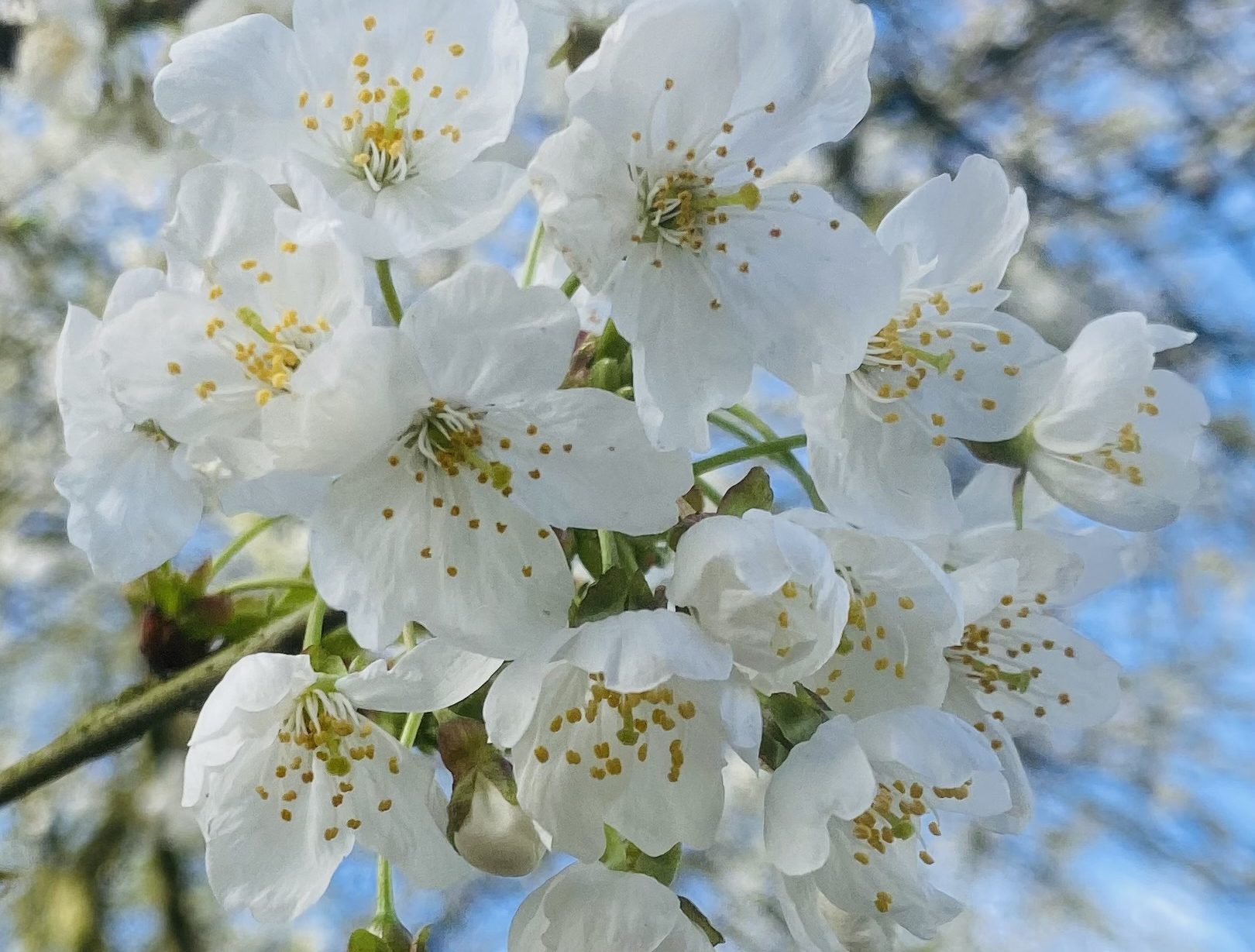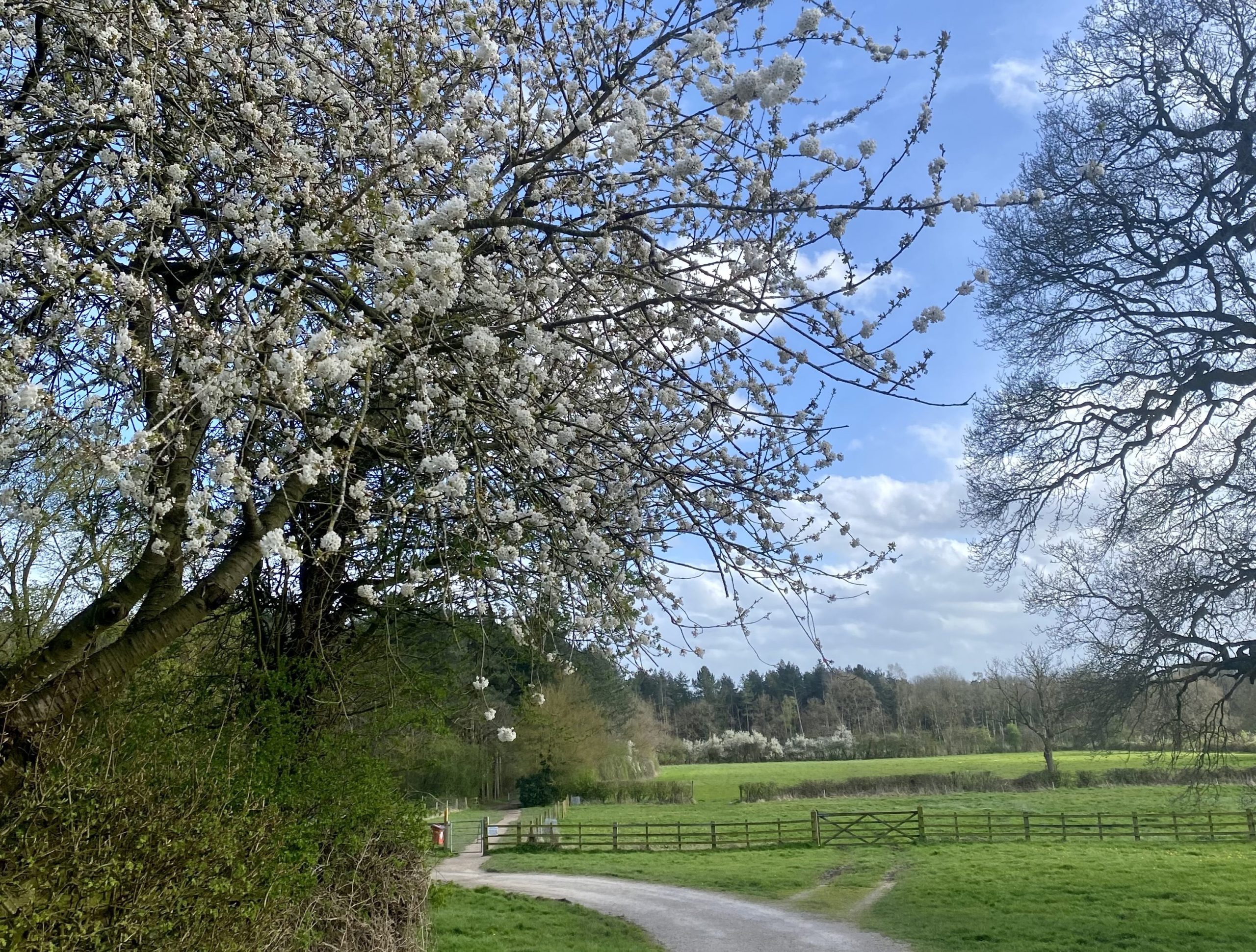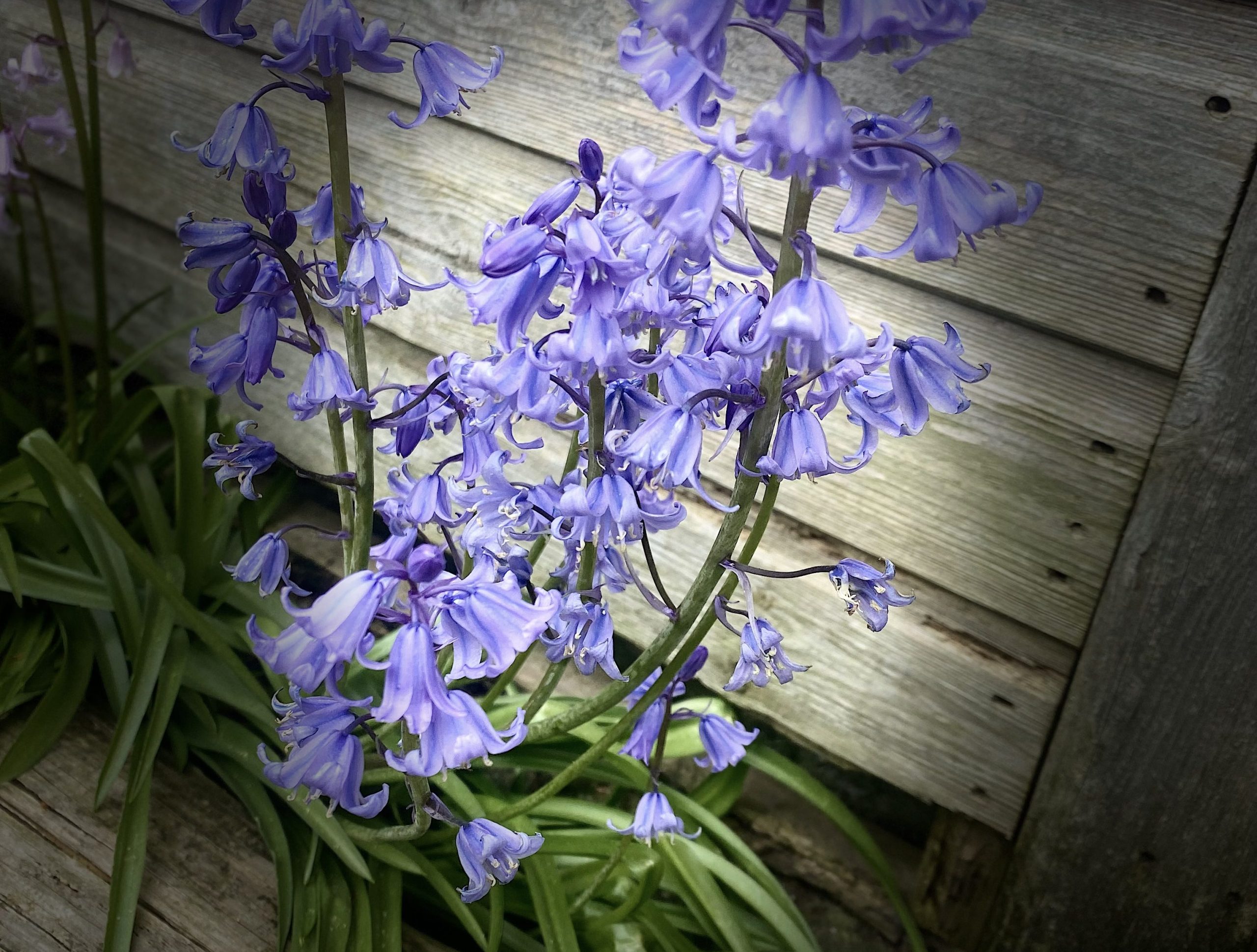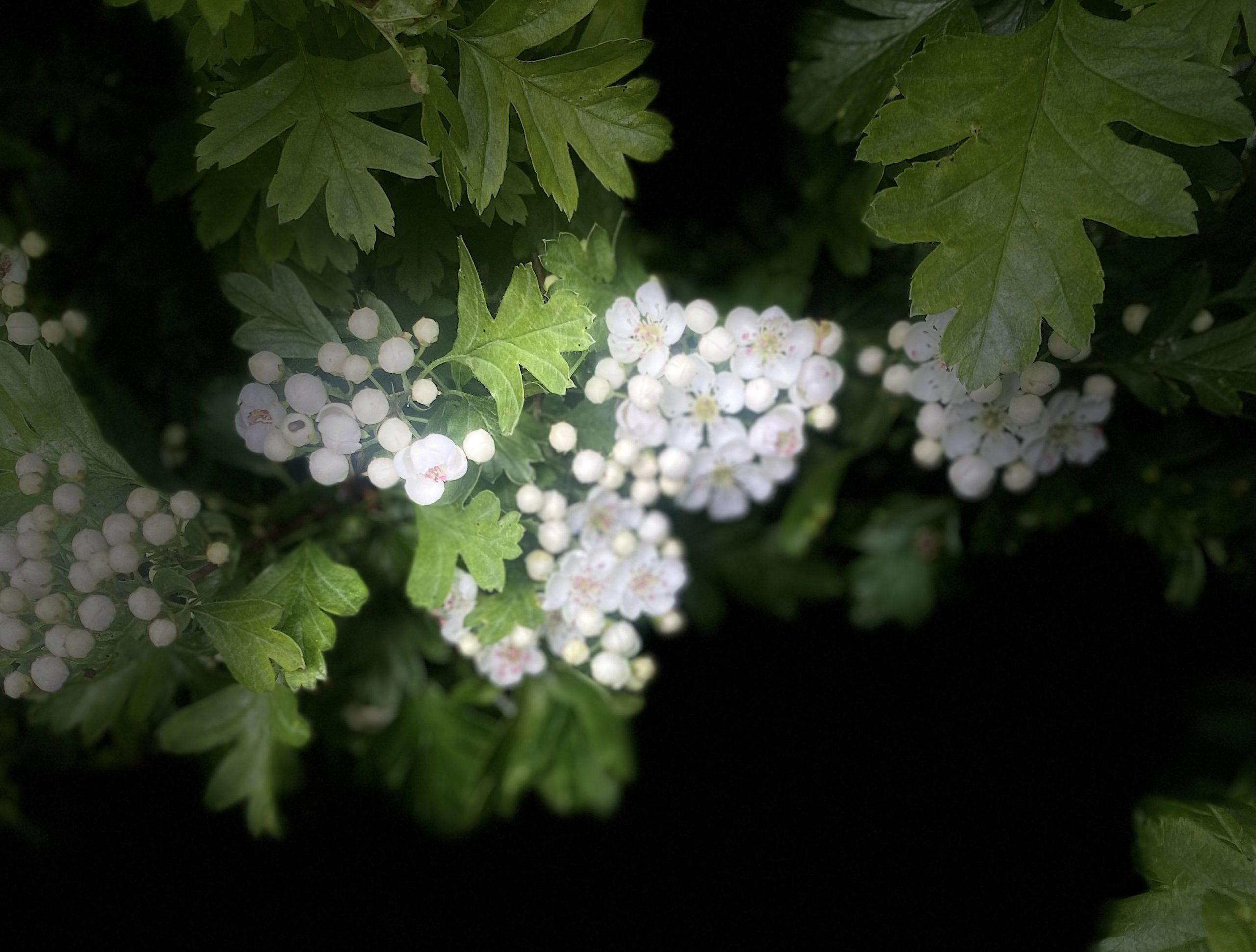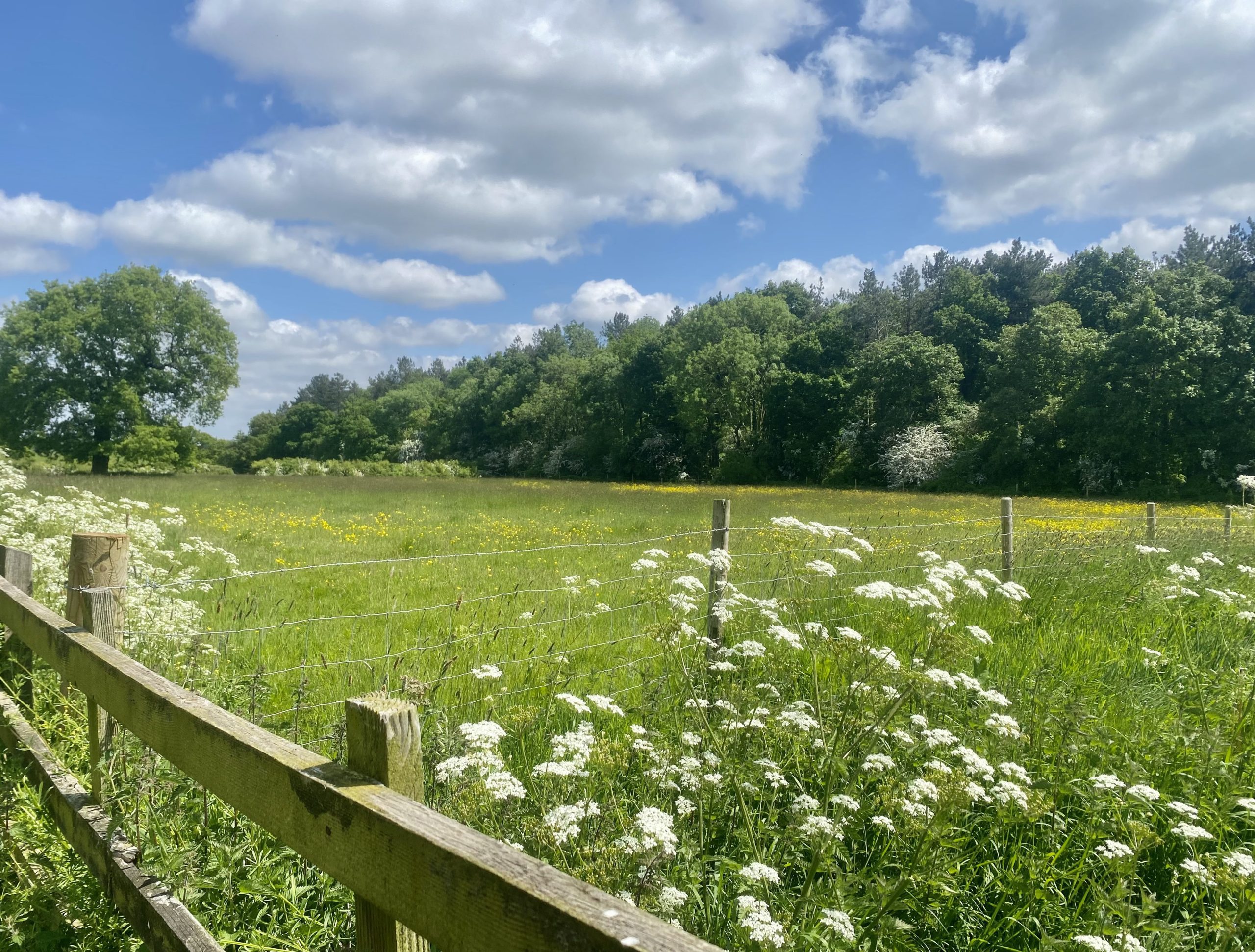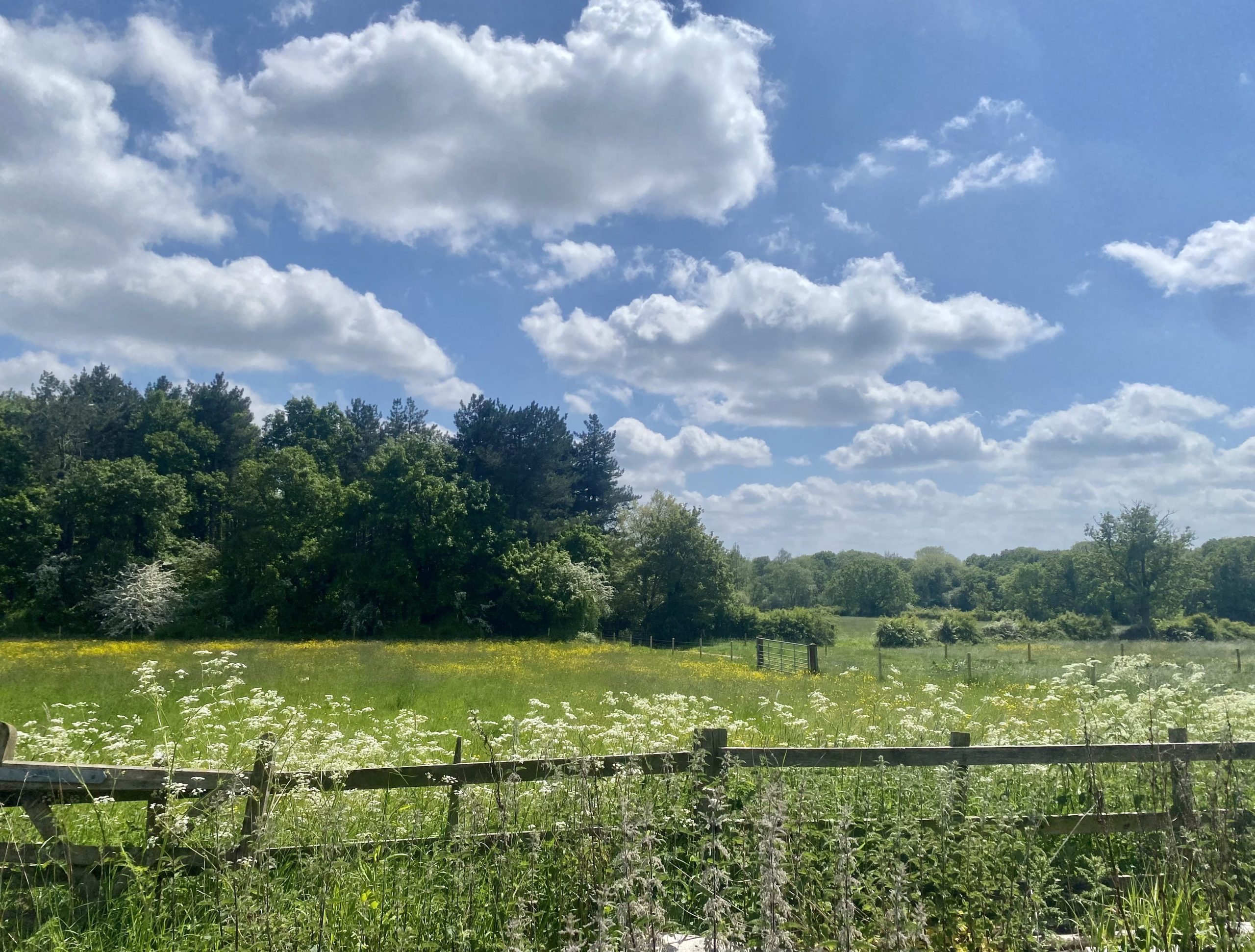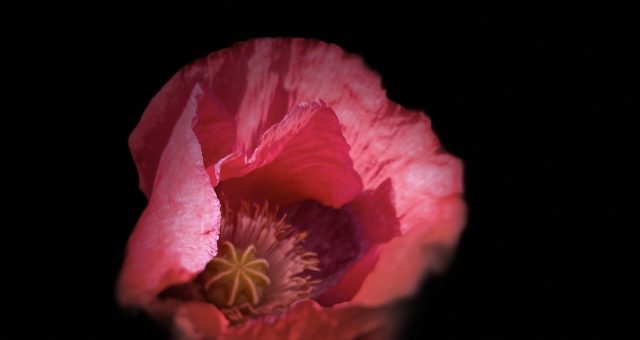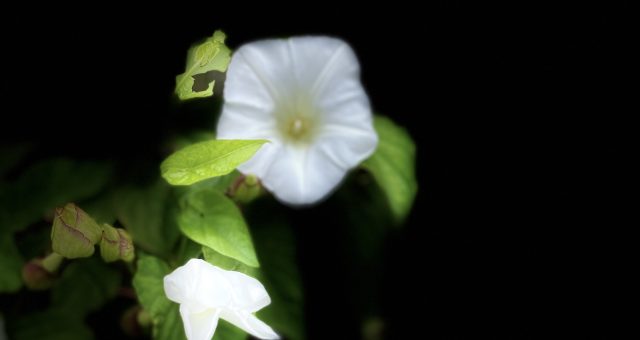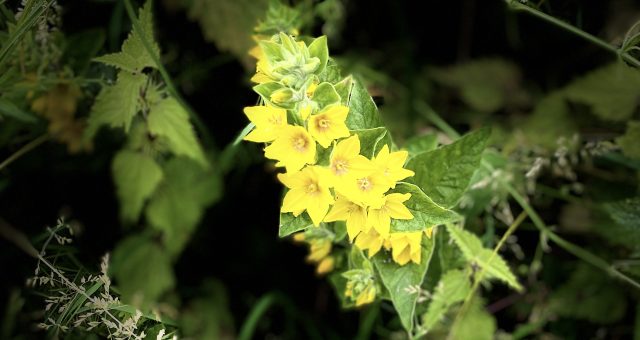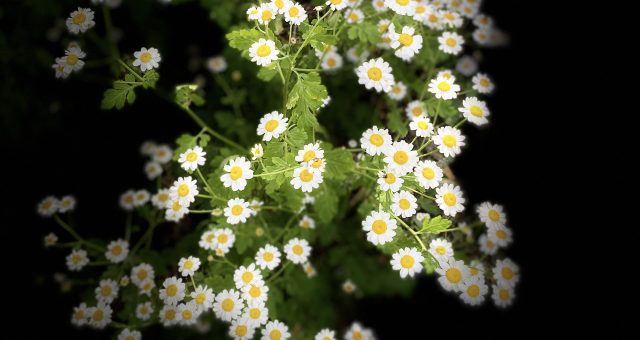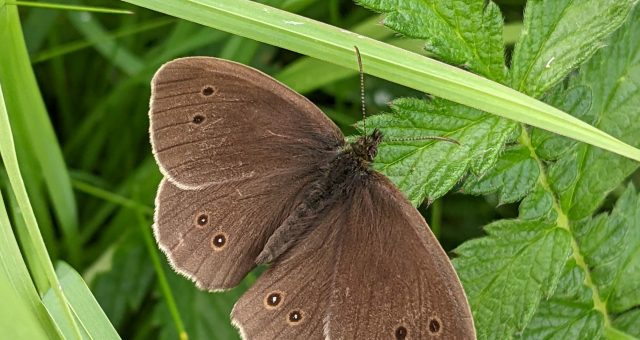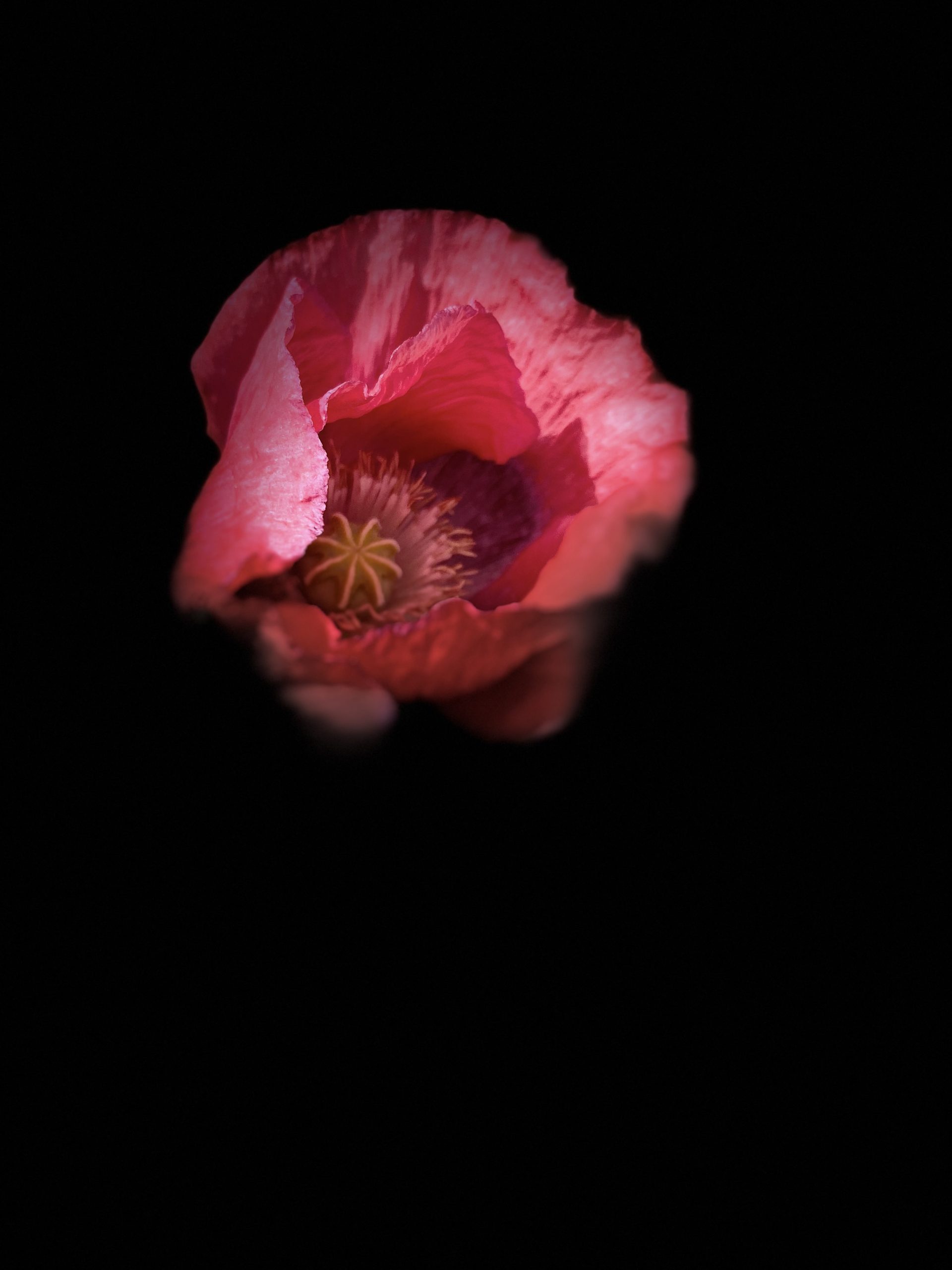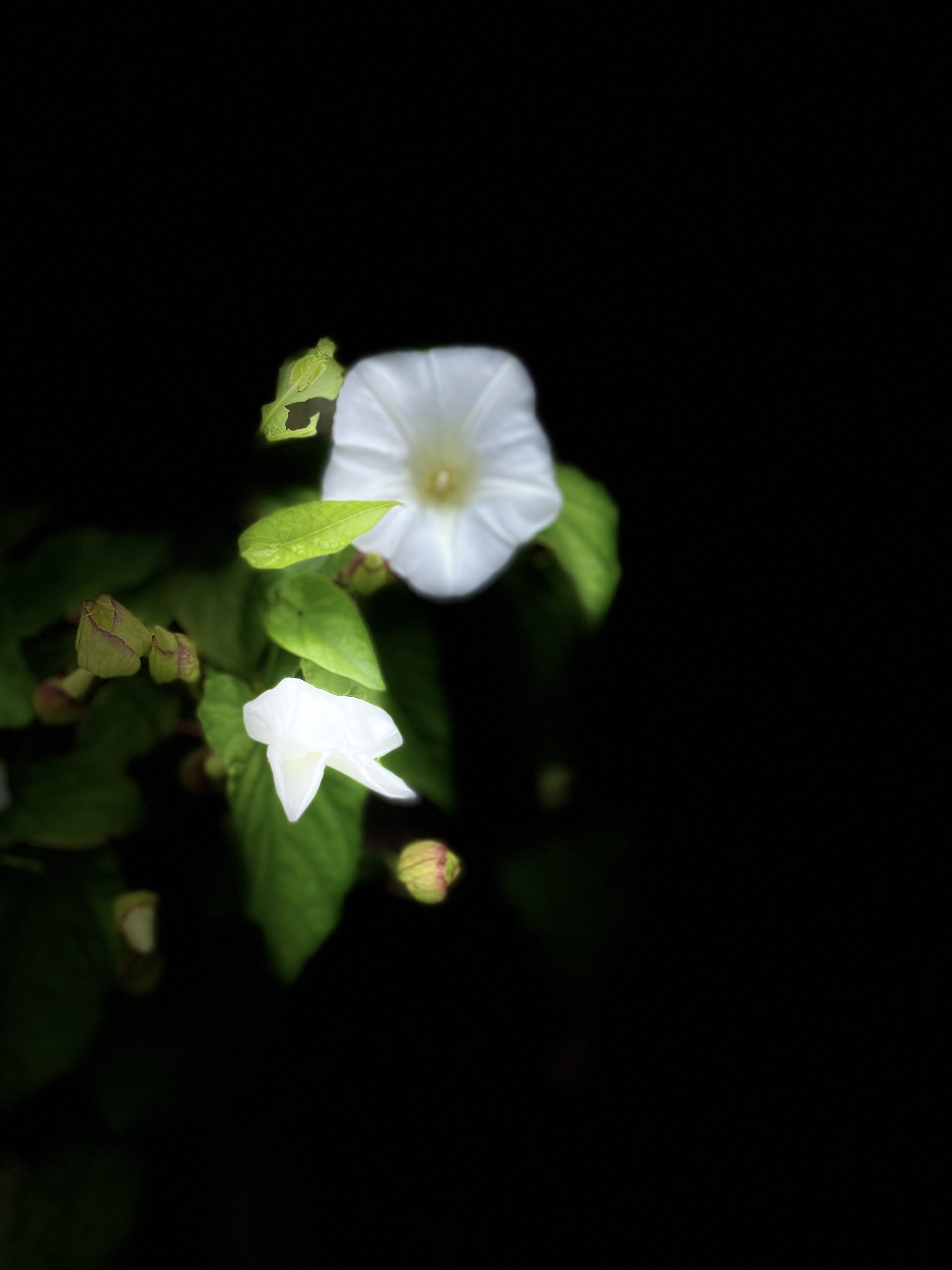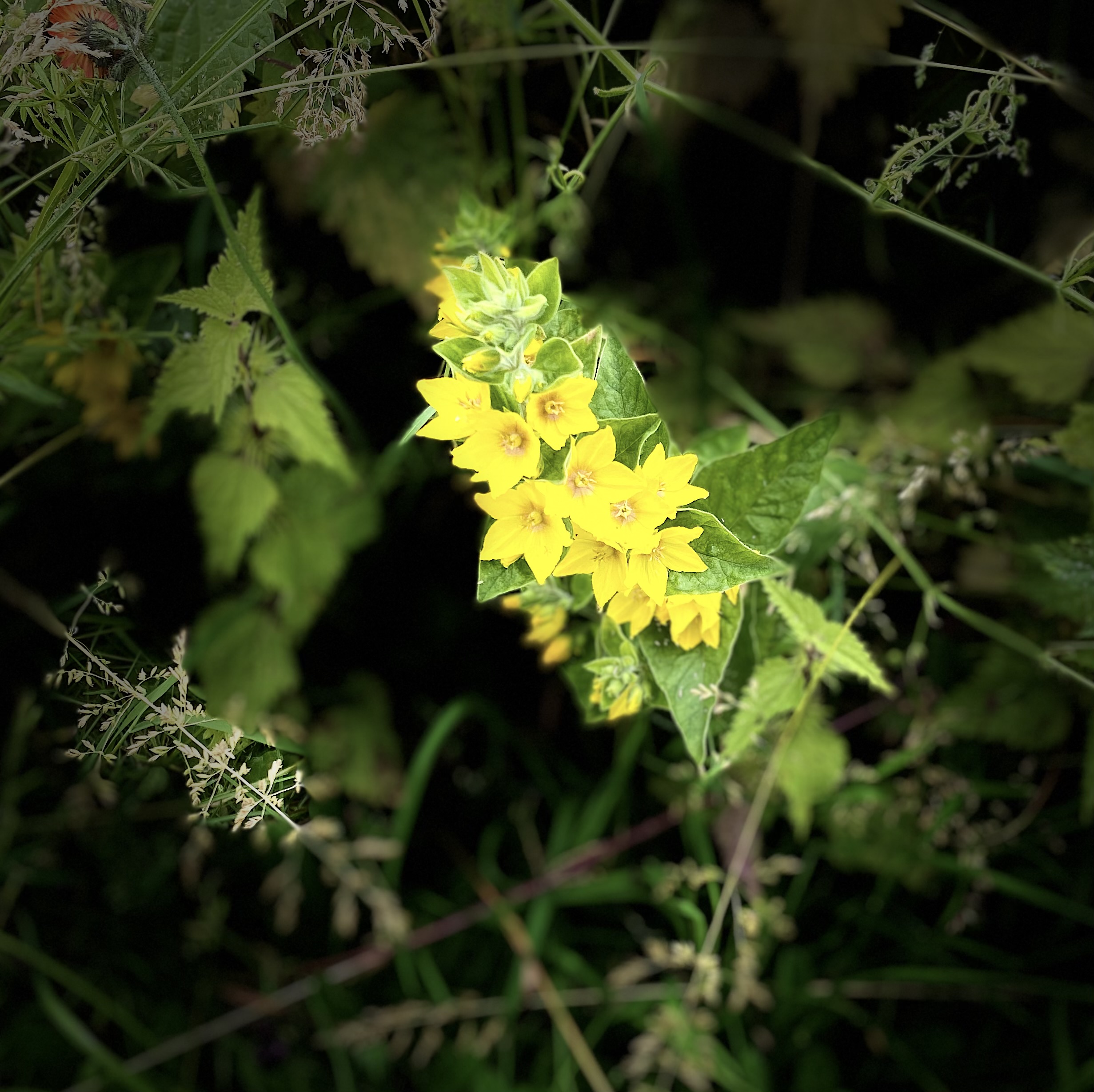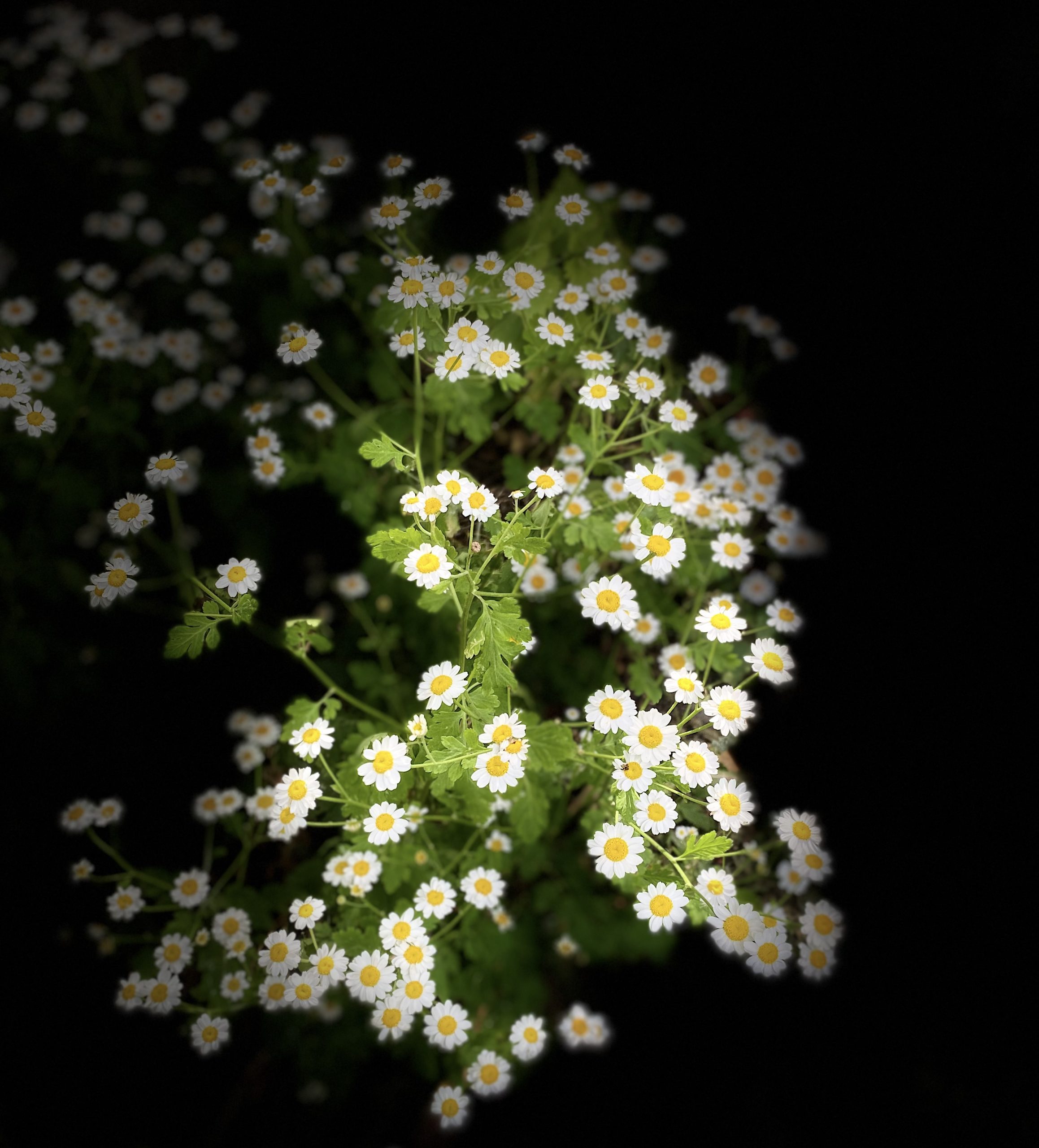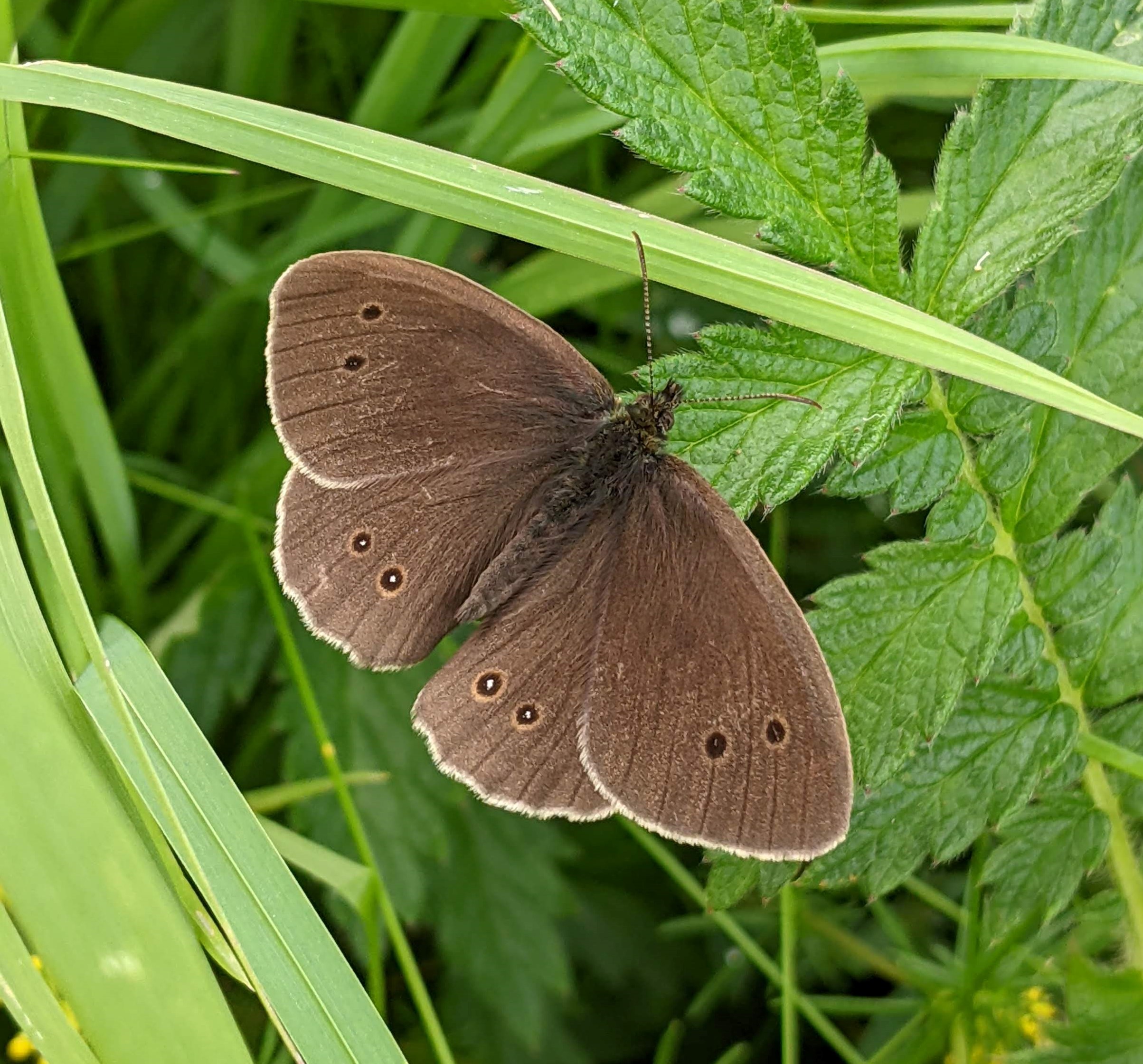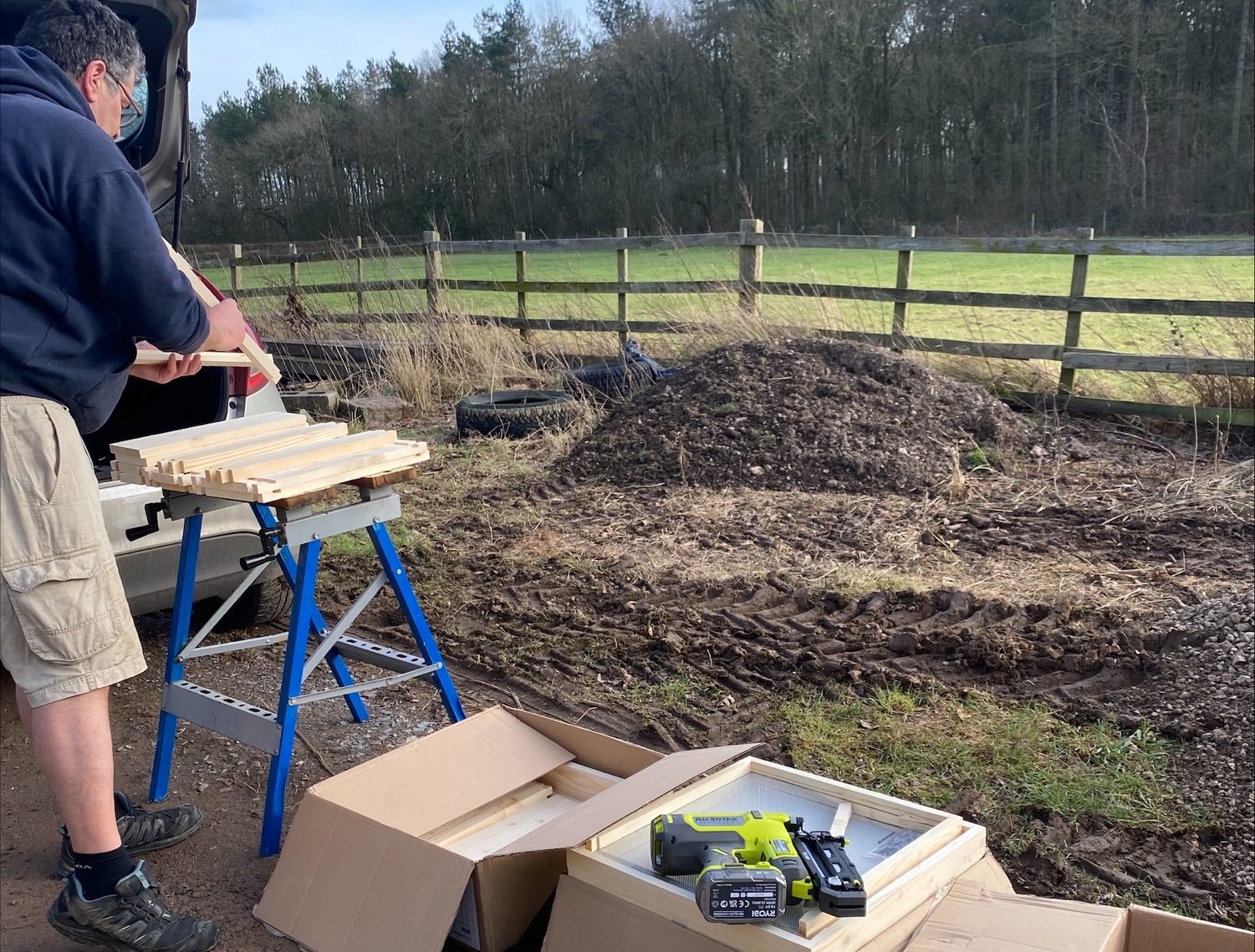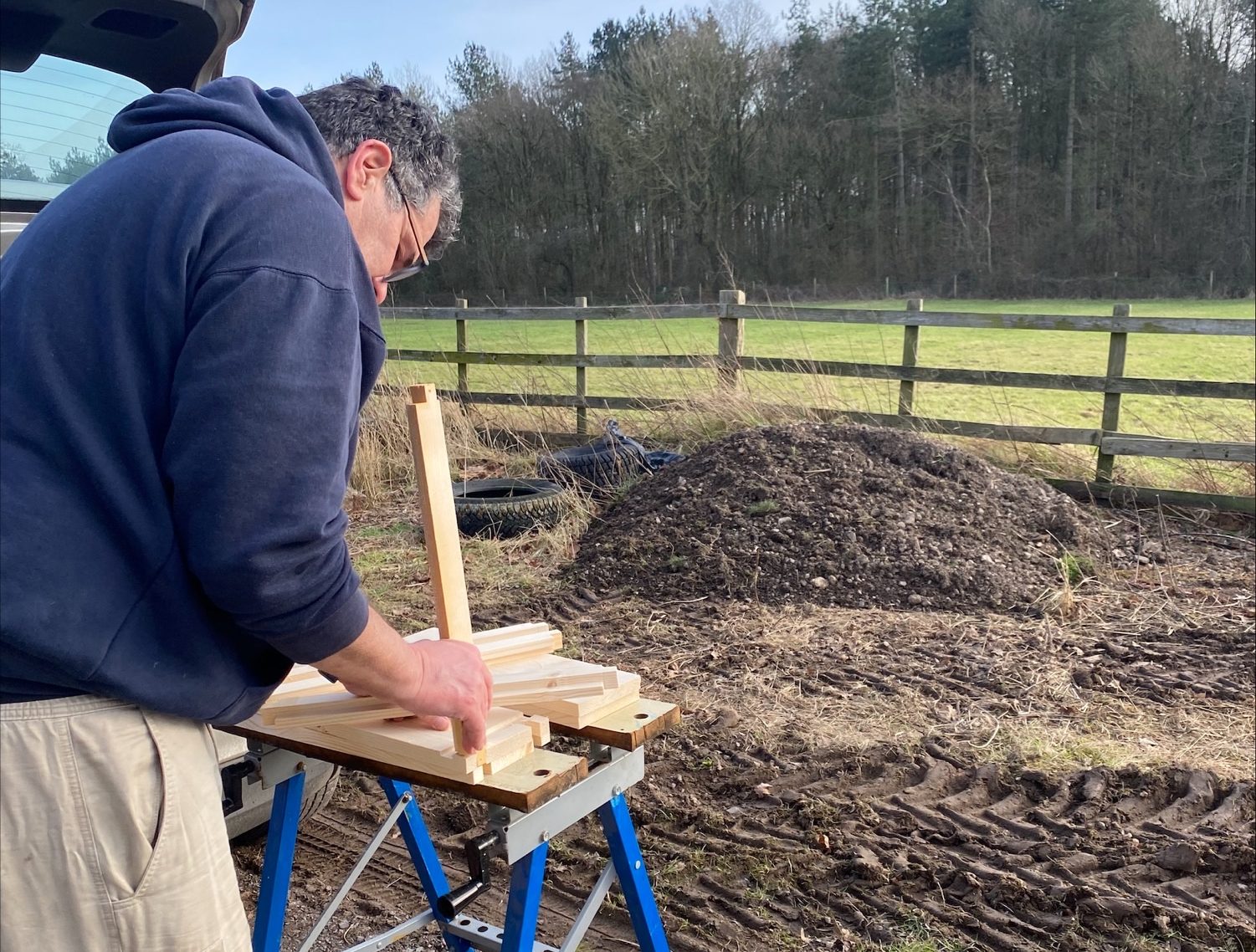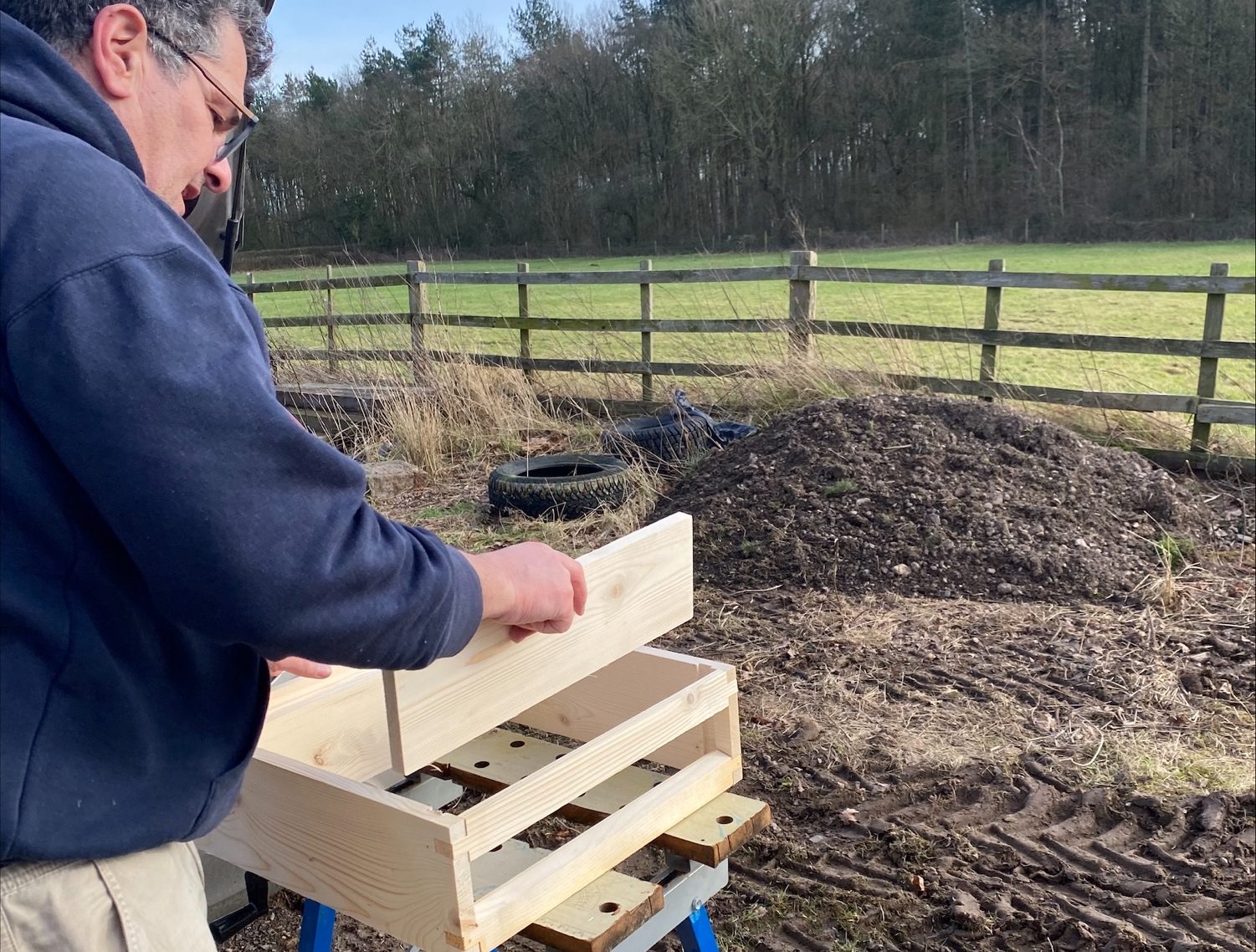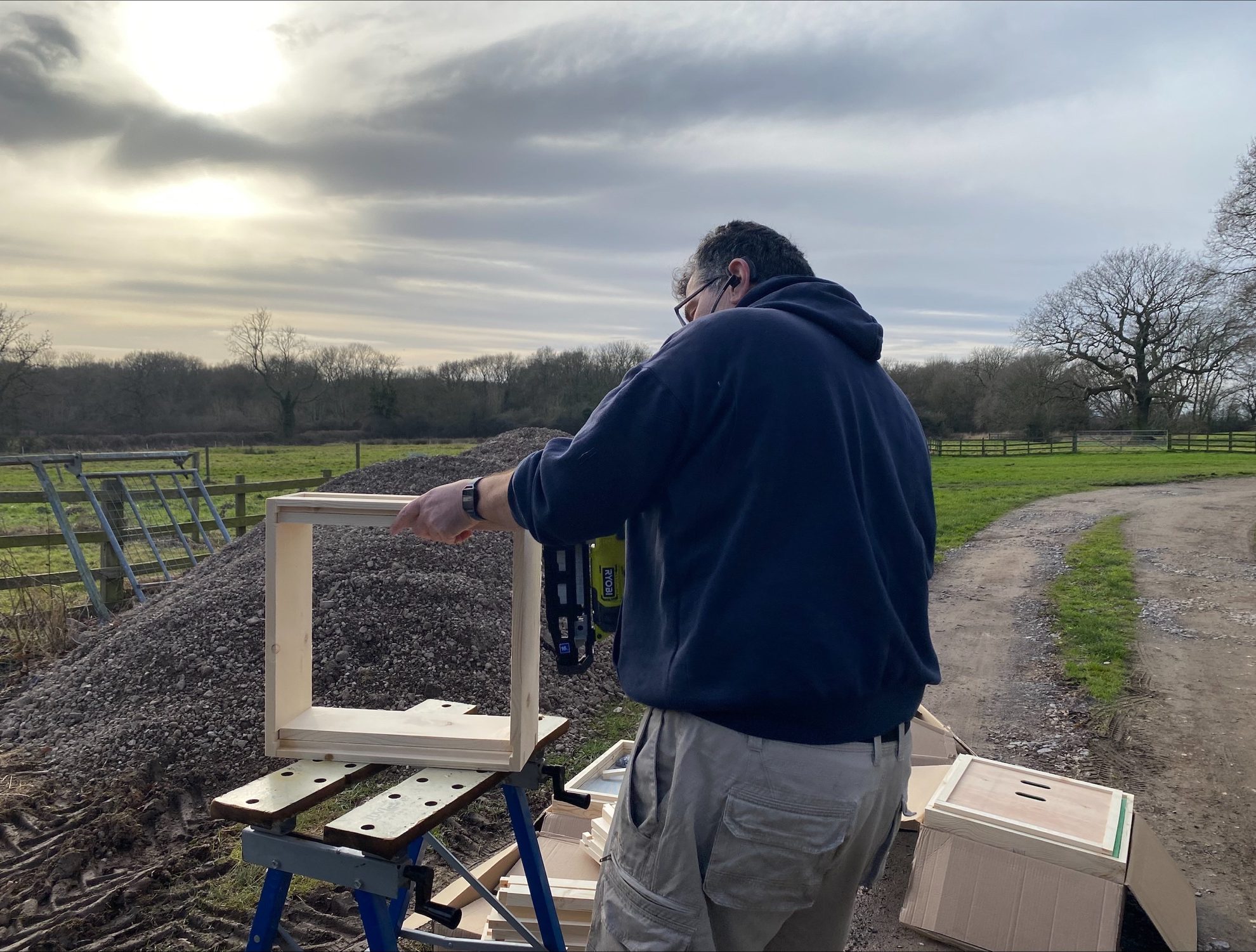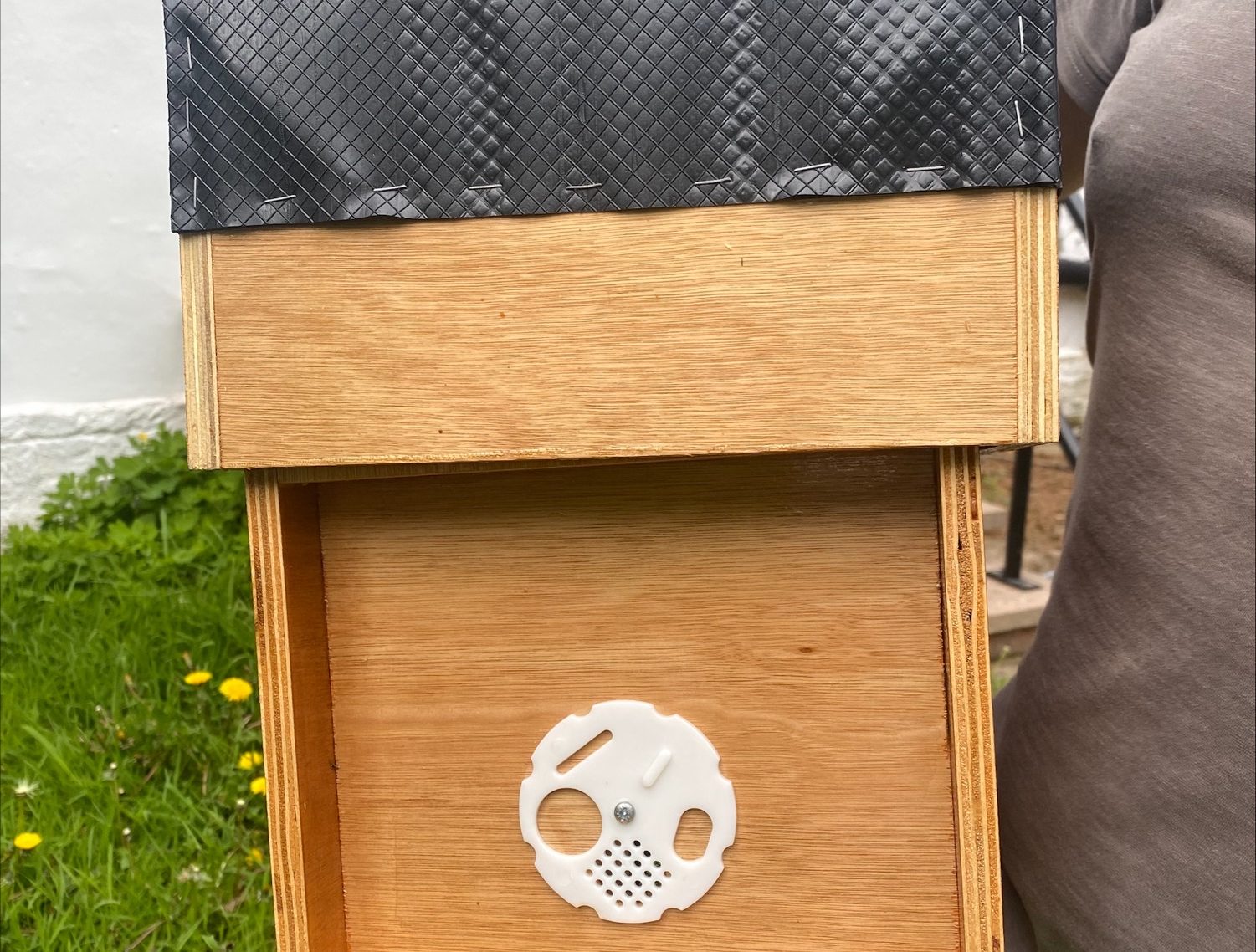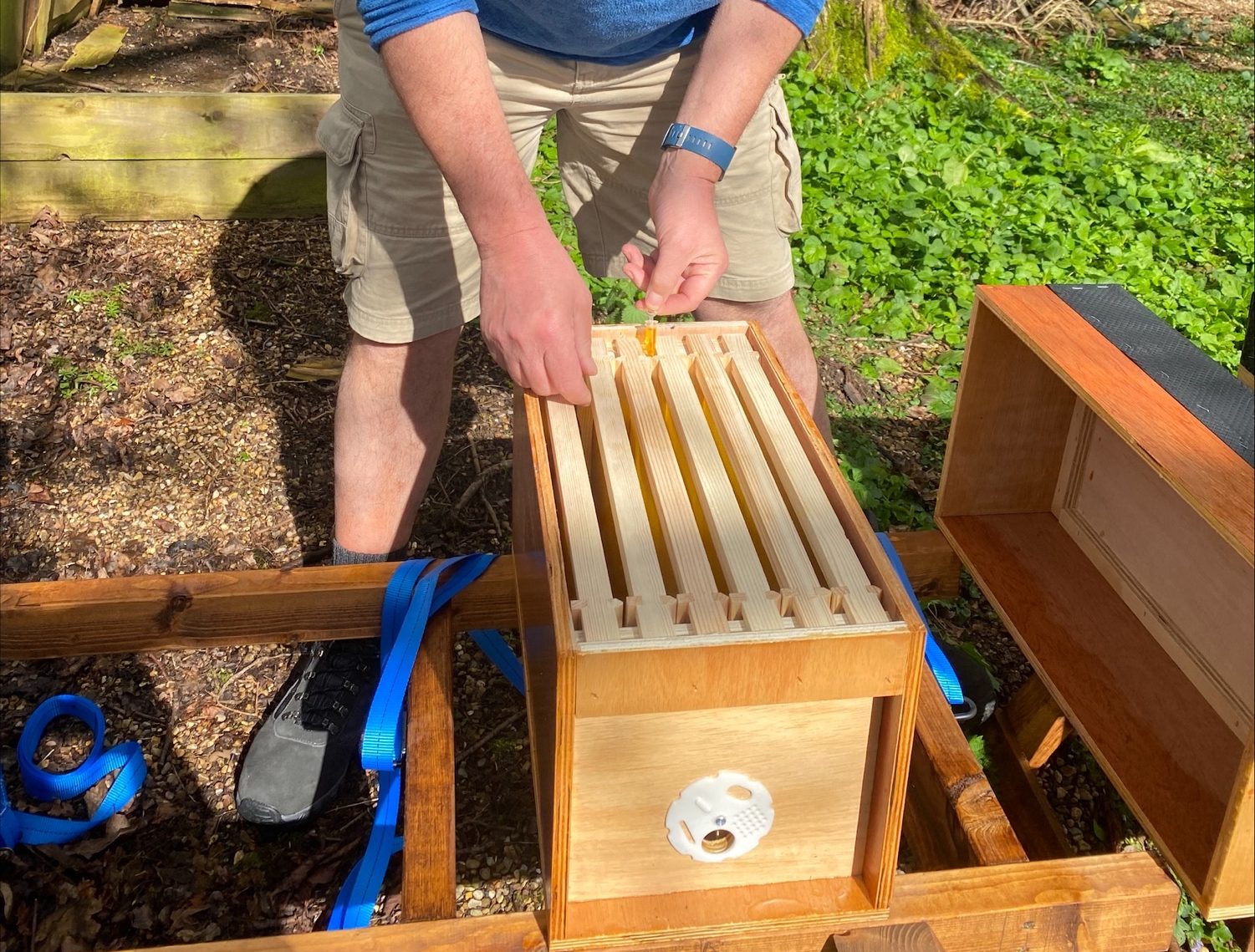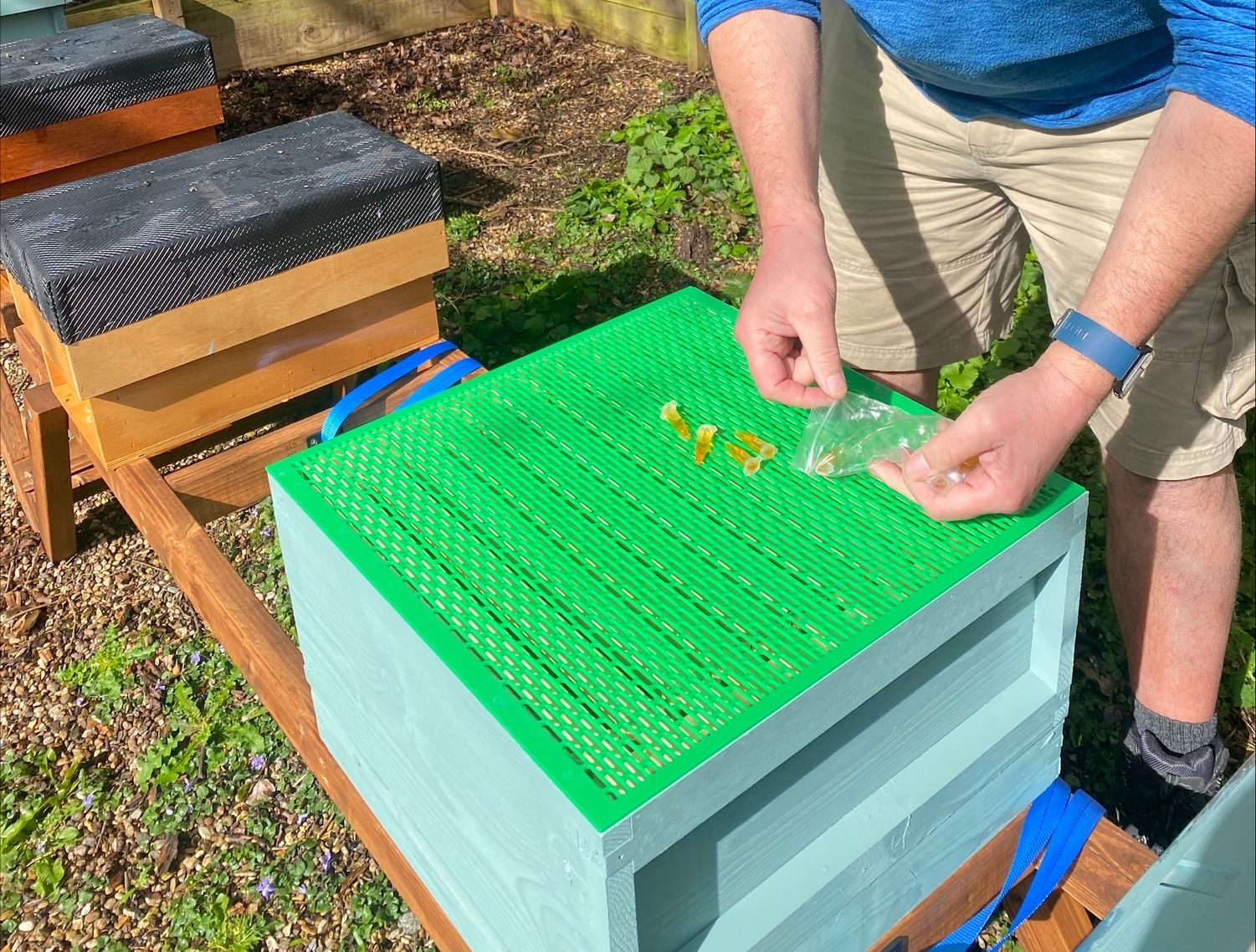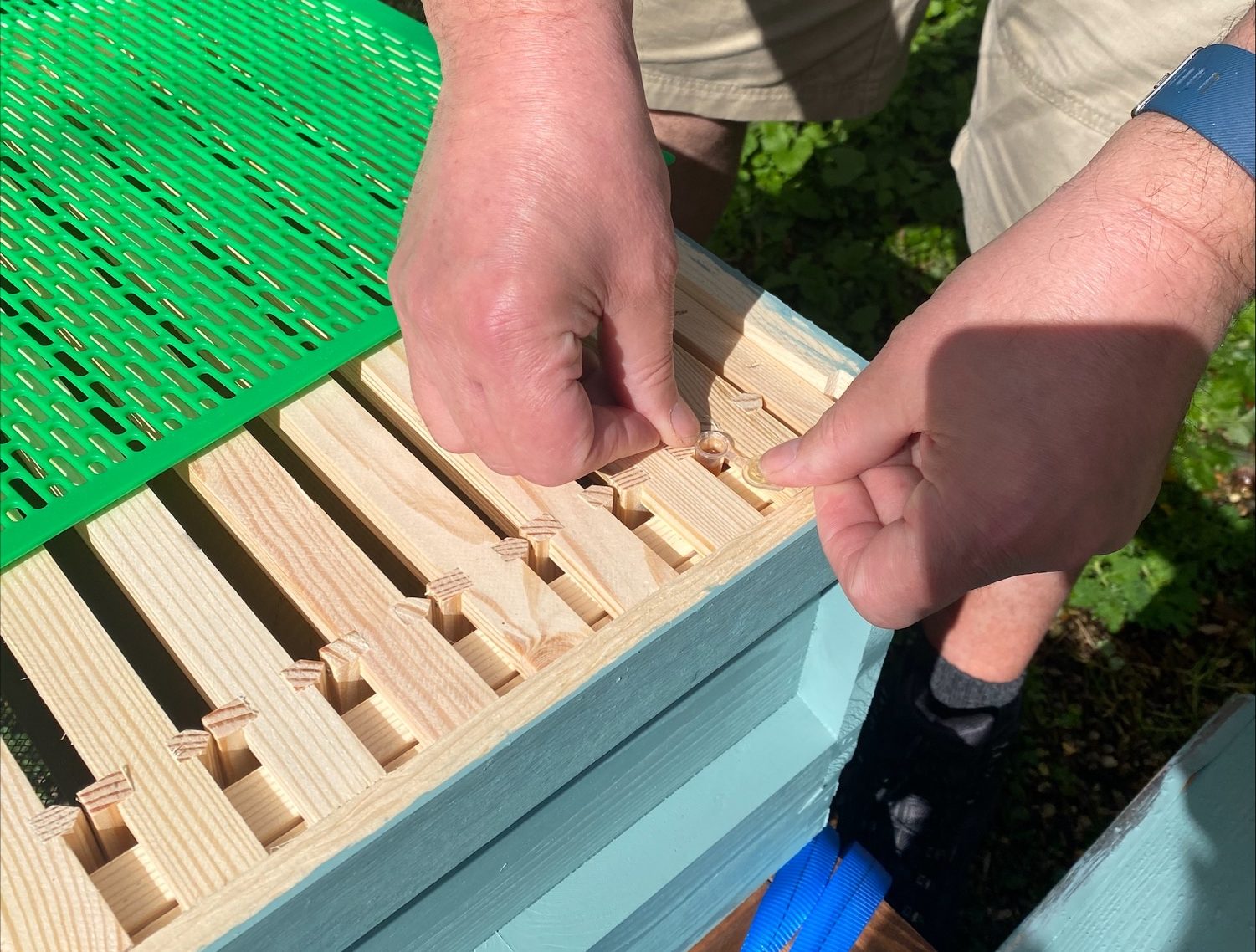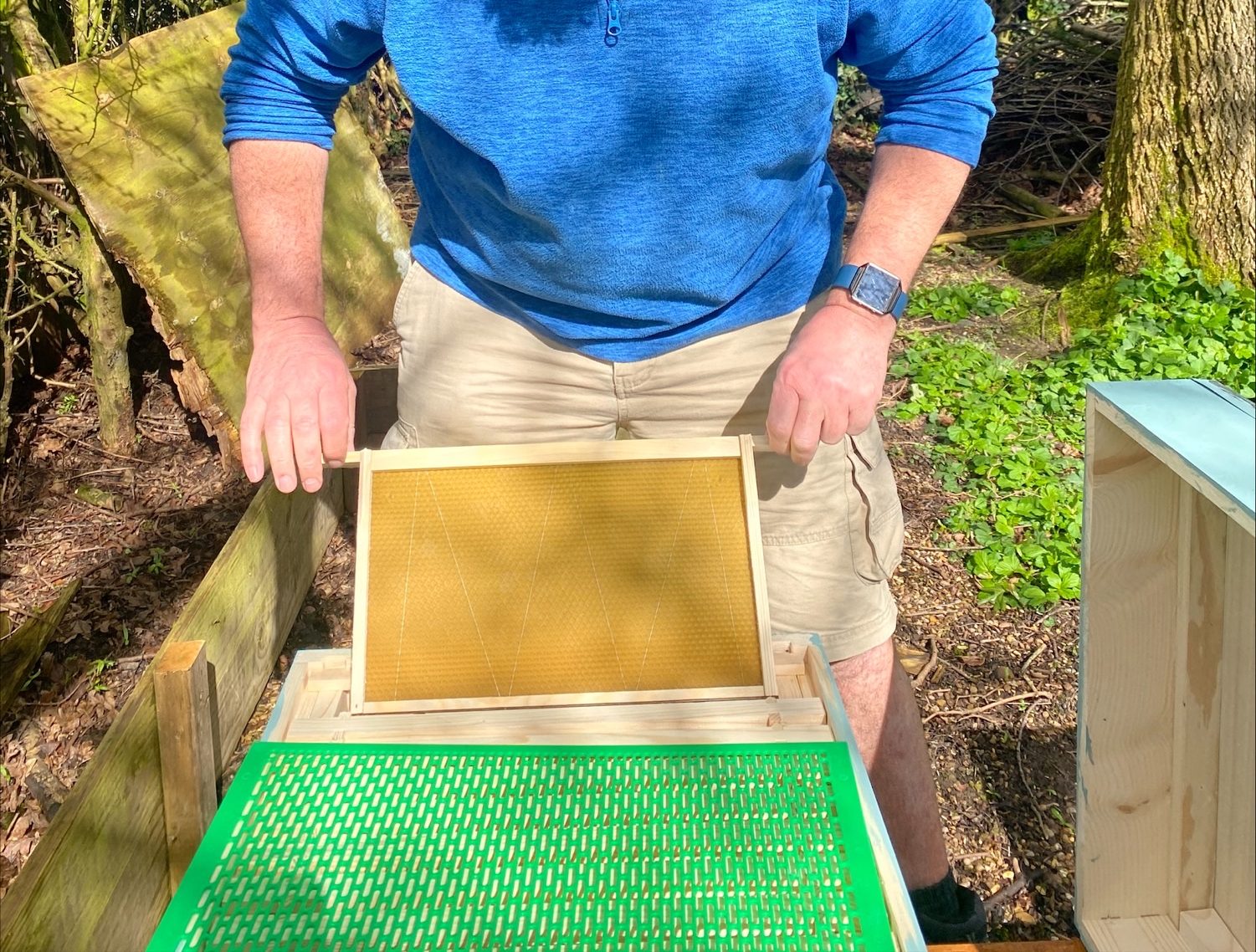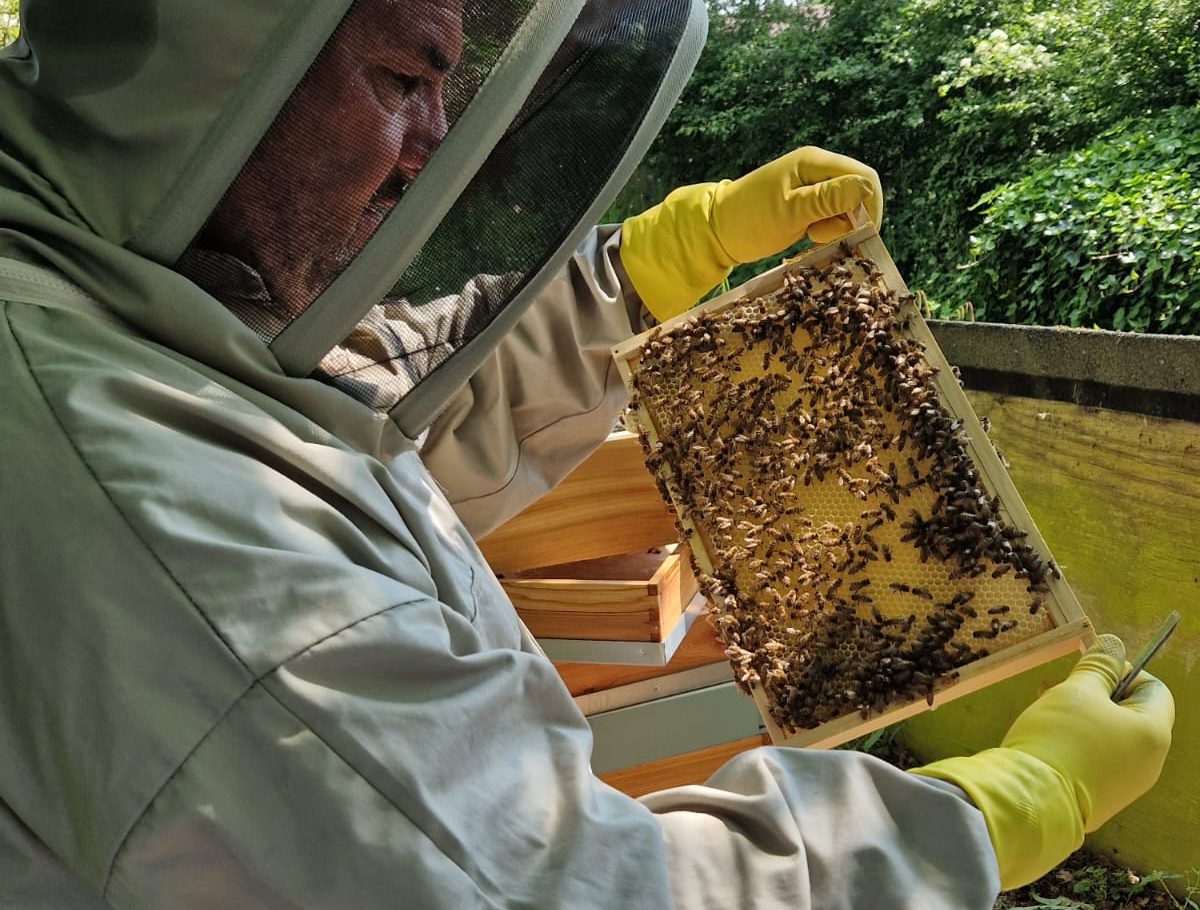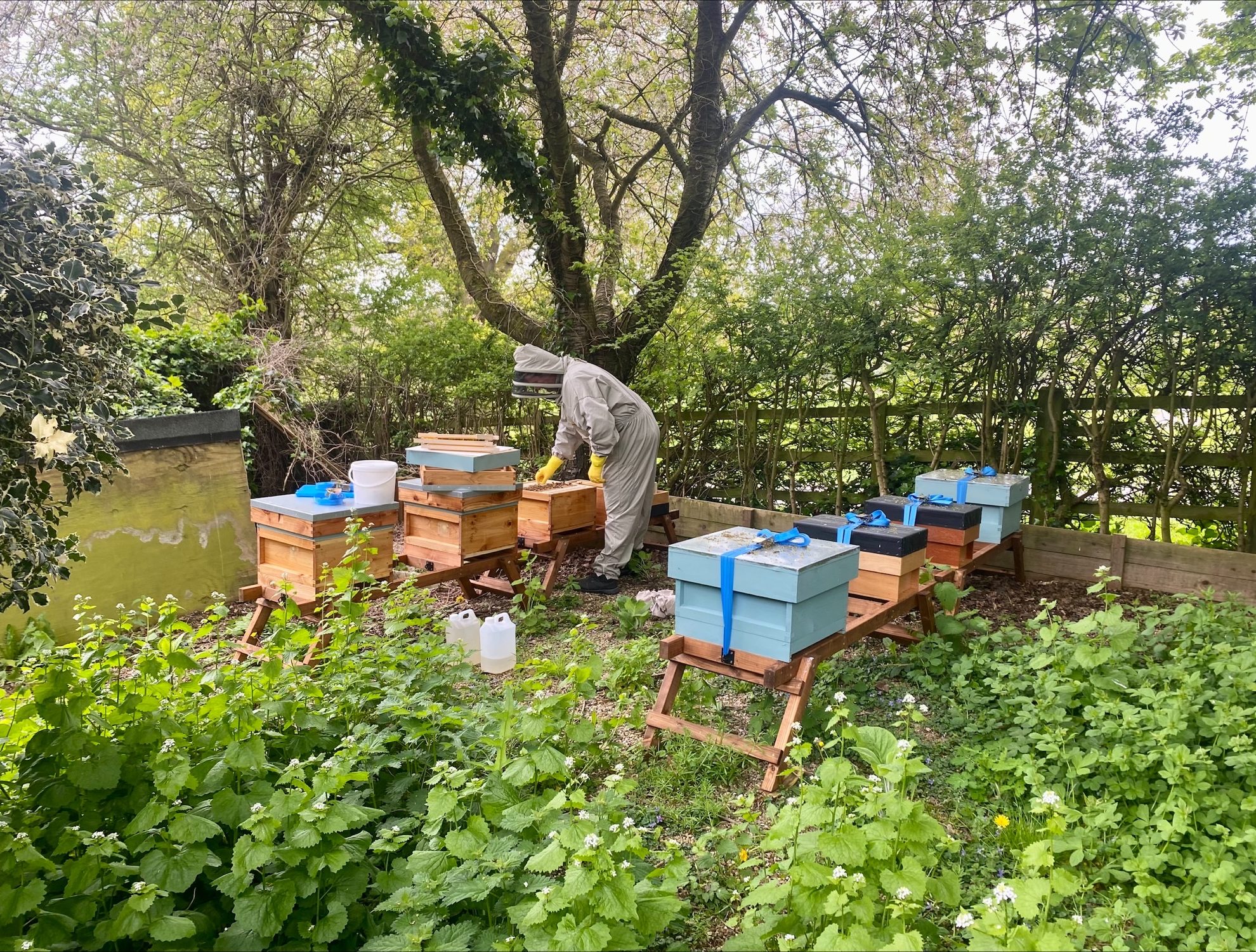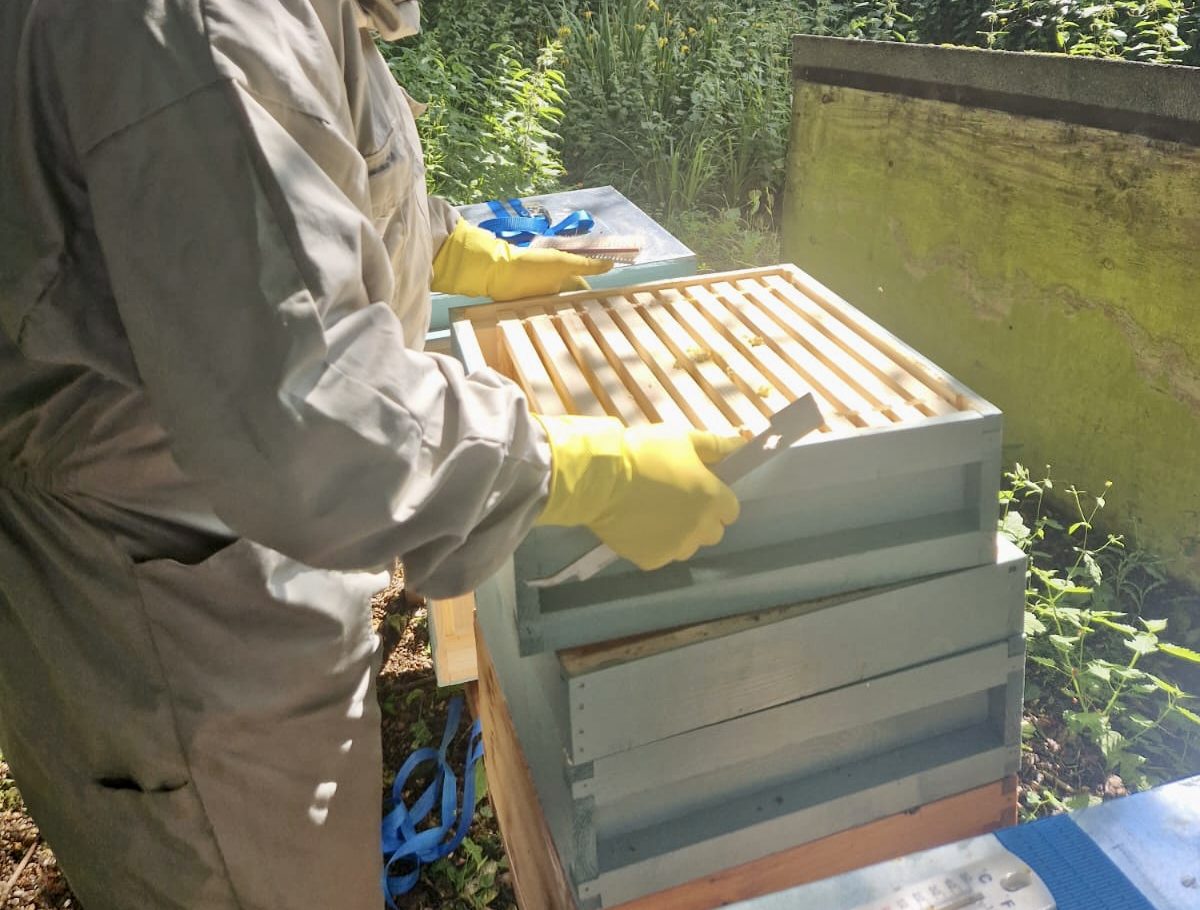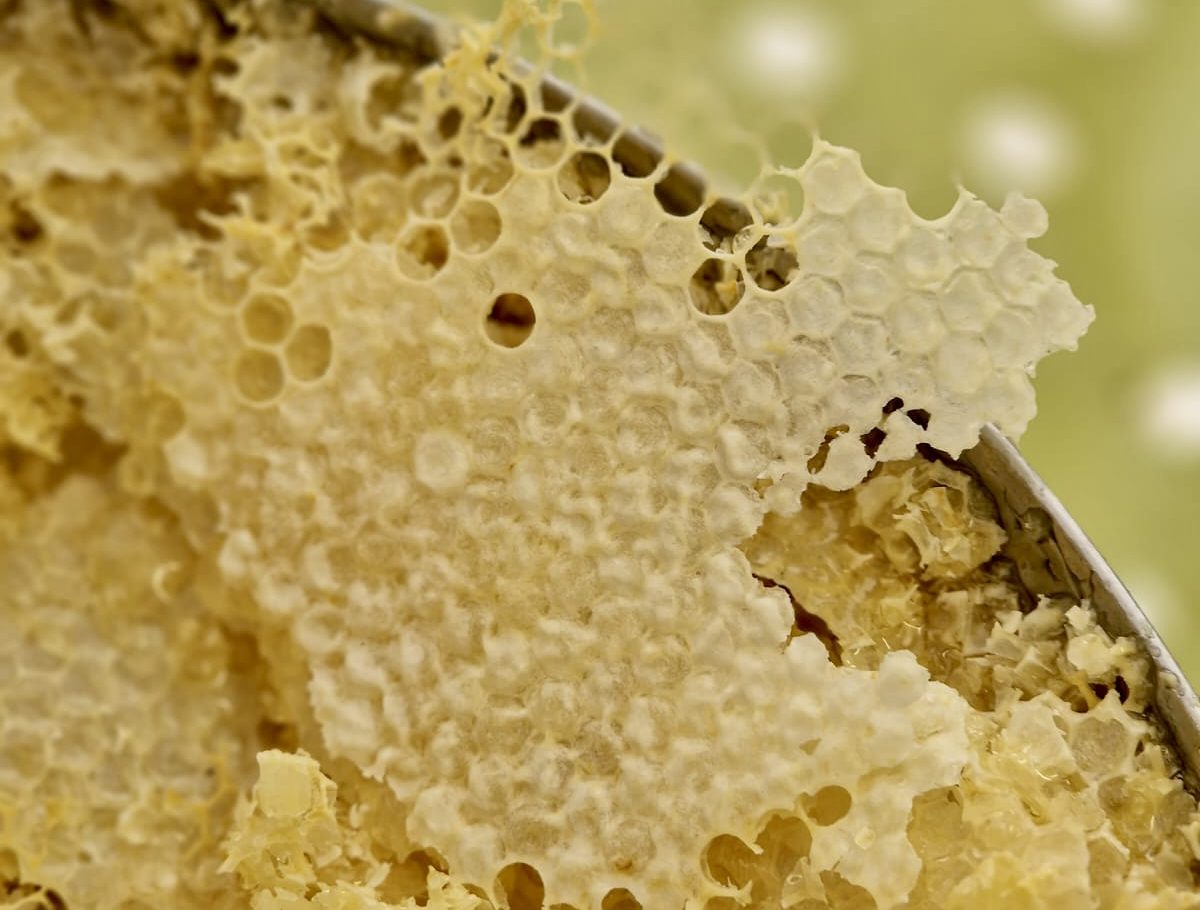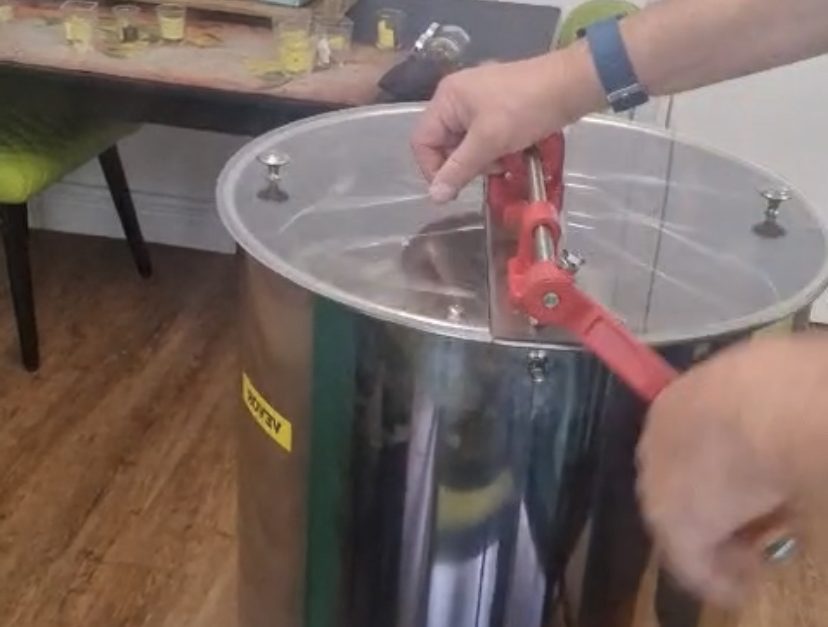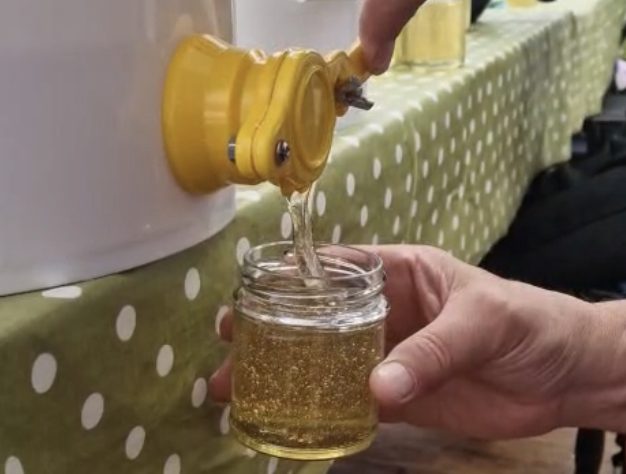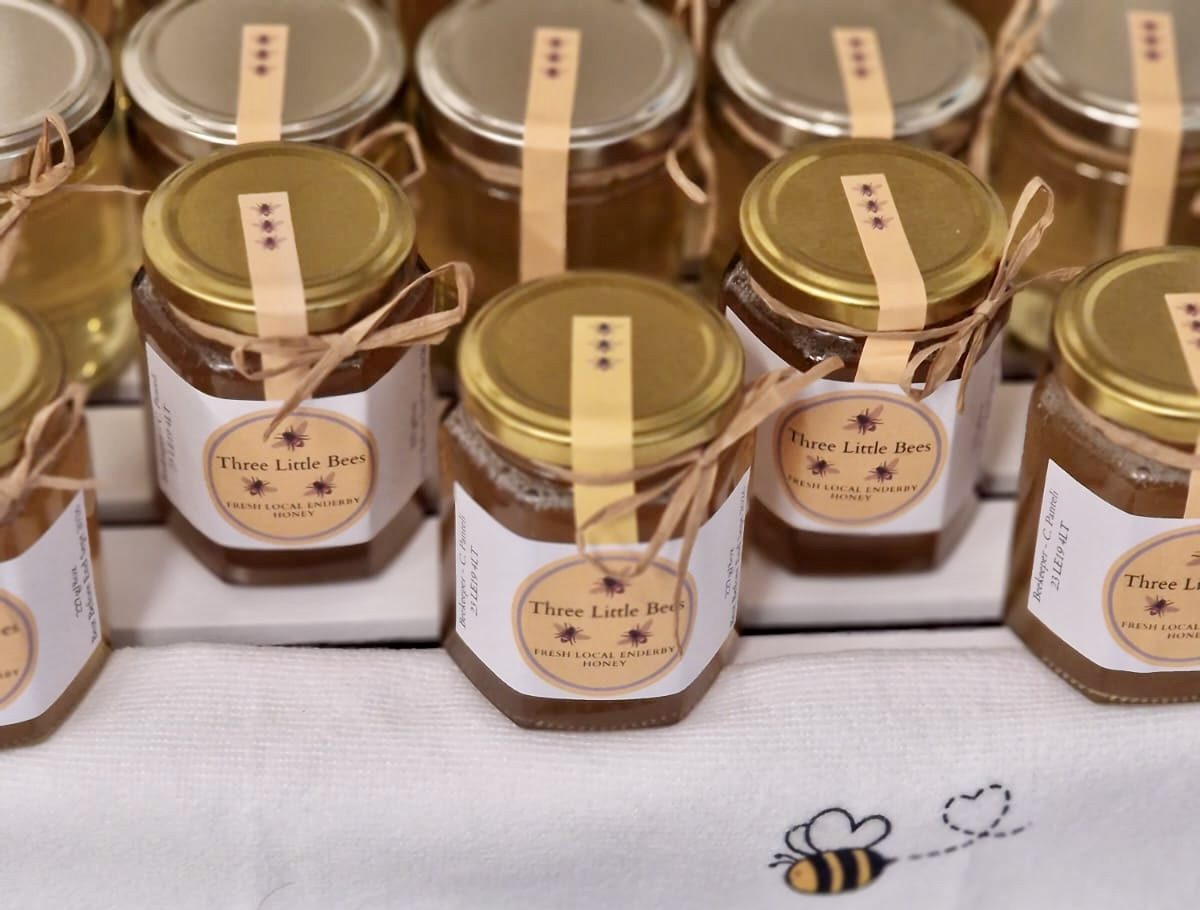Environmental General
Bosworth Country Park is where the Heritage Centre is situated. Visitors can walk, have a picnic or use bikes with a cycle rack available. There is also a bridle path for horse riders.
A 10.64kWp Solar PV system is installed here to help generate ‘clean electricity’ and during the 2021-2022 financial year the system generated 9,254 kWh. As a result, the electricity meters across the site consumed 198,344 kWh directly from the electricity grid. Our energy use in 2023-2024 was down by 20.4%, our carbon emissions were 52.6t, down by 13%. These environmental achievements have now placed us as 14 best out of the 142 corporate sites.
Our toilet facilities capture and recycle rainwater.
Finally, visitors are encouraged to use our recycling bins to dispose of recyclable plastics, paper, cardboard, and return their purchased glass bottles back to the Tithe Barn cafe.
Retail and Events
Many of the products in our gift shop and in the Tithe Barn café are sourced from local producers. Temple Bees Honey, produced in Measham, North West Leicestershire. TOFT a British craft company based in Warwickshire. Tynt Meadow English Trappist Ale, brewed at Mount St Bernard’s Abbey in Leicestershire. Red and white wine from the Rothley Wine Estate, Leicestershire. Our Events Team collaborate with local craftspeople to provide workshops using sustainable and sometimes recycled materials. The wood that our living history groups use is from Ambion Contractors, locally sourced, kiln dried firewood has low moisture content meaning they produce a clean burn and last for longer. Please see their website and social media for further information.
https://www.instagram.com/ambion.contractors.firewood/#
https://www.facebook.com/ambion.contractors.firewood
In October 2024 we held our first Heritage Swap event, items were taken away by visitors from as far away as the USA and teachers from Hamburg who teach British history. On June 7th & 8th, 2025 we will be delivering three events ‘See the Bees’, ‘Nature & Art’ and our second ‘Heritage Swap’ as part of the UK’s ‘Big Green Week’ celebrations. Check out our What’s On page for further details and bookings
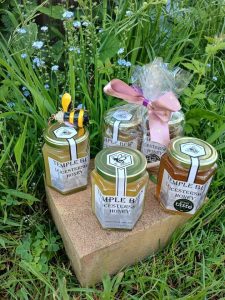
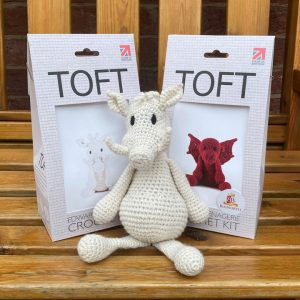

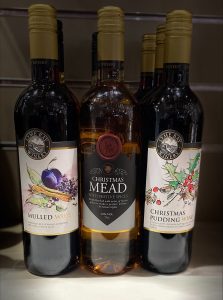
Photos by Julia Denney, Emily Wilkin and Debbie Miles-Williams
Country Park
Mowing practices are being reviewed by the Rangers Team in the hope that it will promote wildlife, increase the structural diversity of the vegetation, whilst maintaining visitor access, enjoyment, safety and in time the long grass will provide shelter and breeding areas for invertebrates such as butterflies, moths, crane flies and sawflies, not to mention that daisies, buttercups, and dandelions will thrive providing much needed pollen and nectar for bees. Eventually butterflies to look out for will include Orange Tips breeding on Cuckoo flowers, Small Skippers feeding on Yorkshire Fog grass. Red Admirals, Small Tortoiseshell, Peacocks and Commas who will all be enjoying the nettles.
Food sources
Additionally providing areas for invertebrates also creates vital food sources for birds and mammals like hedgehogs and amphibians. Although they bred in ponds, amphibians spend much of their time on land where they need cover to provide damp resting places to support the invertebrate prey on which they feed. Long grass will also provide a cool refuge for amphibians such as frogs and newts during the direst parts of the year.
Grasslands
Desire line paths will be cut through these long grasslands for the public to enjoy and explore but certain areas will be left long and uncut over the winter to provide shelters for overwintering wildlife and for certain species to complete their life cycle. This will also encourage birds of prey such as Kestrels and Barn Owls to use these tussock grass areas to hunt for mice and voles.
Meadow flowers
In time an array of native meadow flowers will start to populate the area, injecting colour onto the site with the result that will be incredibly beneficial to our visiting pollinators and other wildlife. Keep a look out for the Birds-foot-trefoil, Yellow Rattle, Knapweed, Betony, Tufted Vetch and Cowslip. Below are some photos taken in June 2024 of poppy, bindweed, ringlet moth, grasses, and chamomile. In April 2025, one of our Rangers spotted cuckoo flowers for the first time on site, commonly known as ‘Lady’s-smock’. These flowers attract Orange-tip butterflies, white butterflies with bright orange wingtips.
Pond Restoration
We have been collaborating with Frog Life who have funding from Natural England for Great Crested Newt Pond restoration and creation. Their project officer and I reviewed our ponds over December and drew up a list of suitable sites for restoration (Battlefield) and creation (Market Bosworth and Donington Le Heath).
The Frog Life team have cleared and reformed the pond in the tea garden, which was created around 2007/8 when the Tithe Barn was built. It is recorded as containing GCN, and as such qualified for restoration. The work involved removing silt and plant matter and then puddling the clay back to form the pond. The works were undertaken with a watching brief to ensure that any newts disturbed would be carefully moved. Although the work looks stark it will soon recover and the plants will recolonise, allowing for a greater diversity in pond structure as it had become mainly reeds with little to no open water. The team will now be able to better manage the pond for its wildlife, controlling about a ¼ of the plant growth per year to ensure it does not become chocked once more.
https://www.froglife.org/wp-content/uploads/2013/06/GCN-Conservation-Handbook_compressed.pdf
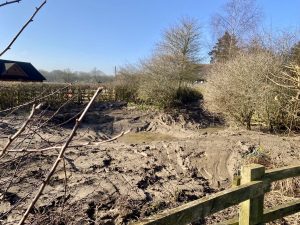
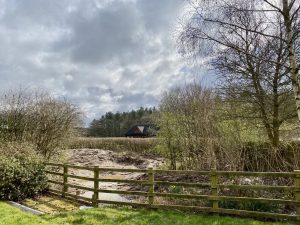
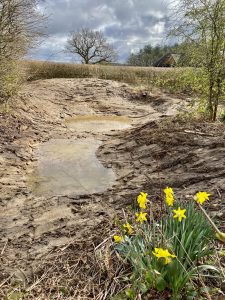
Bosworth Bees
Another new addition to the sites environmental efforts are the introduction of bees and use peat free compost and bee friendly plants to support our own ‘Bosworth Bees’ that arrived to their new home in April 2024. Read about the preparations by Chris, why he became a Beekeeper and is collaborating with the heritage centre and country park to support our local environment.
‘I got into beekeeping four years ago, purely through a moral obligation towards a struggling species. I was looking for an apiary site other than my back garden, when a dear friend of mine approached me about keeping bees at the Bosworth Battlefield Heritage Centre. This presented an overly exciting opportunity for both myself and all of the staff, and we are hopeful to use this site as an educational opportunity for both staff and public to demonstrate the life cycle and social complexity of bee life. Thus, raising awareness of how gentle and incredibly hard working these little ladies really are’
Photos by Debbie Miles-Williams
For further information about Leicestershire County Council’s commitment to becoming a net zero council by 2030 and working with Leicestershire people and organisations to become a net zero county by 2045 please click HERE.
You may be inspired to become an Environmental Volunteer! For more information and to sign up click HERE
Mailing list
Never miss a thing. Stay up to date with our latest news offers and events by entering your details below:

